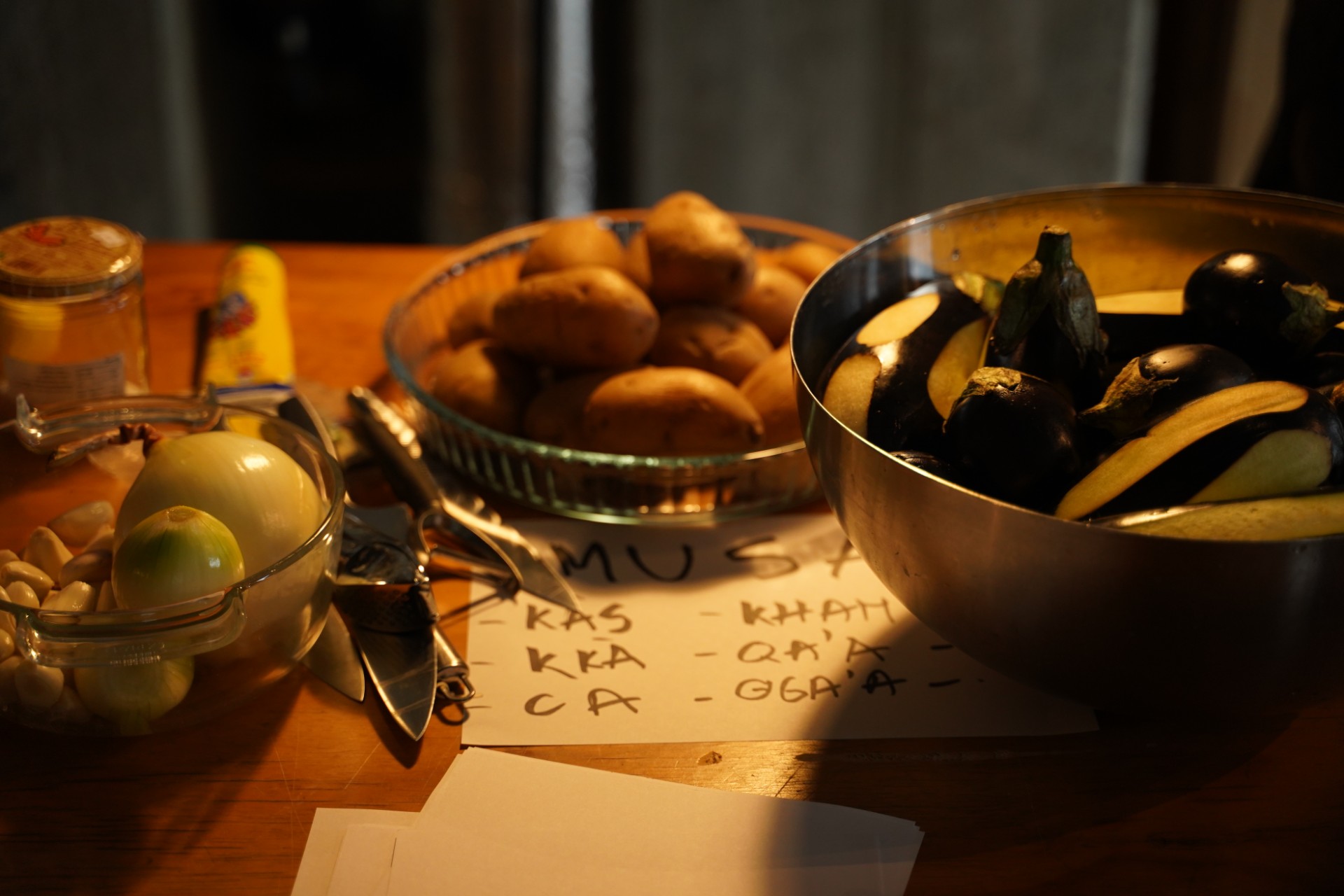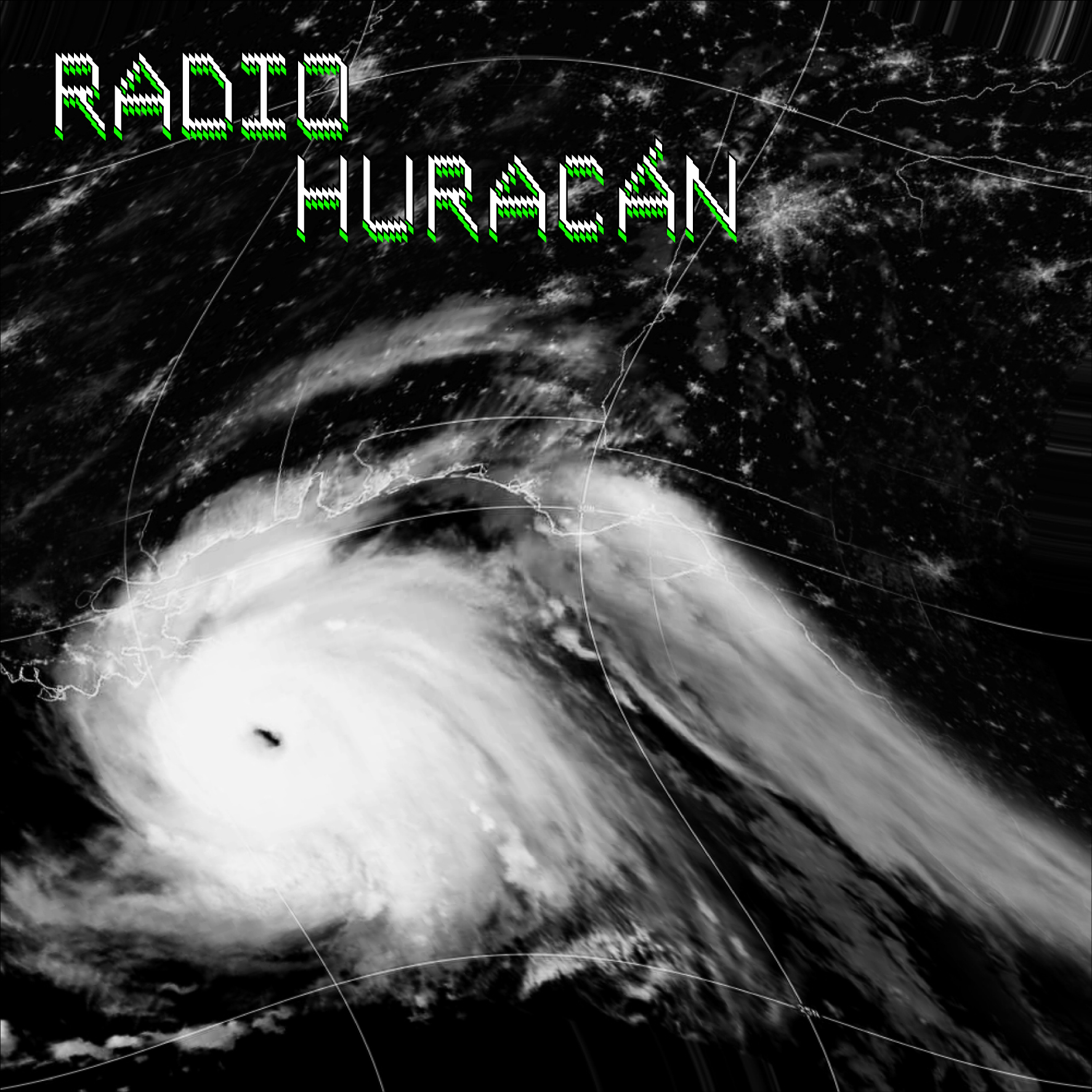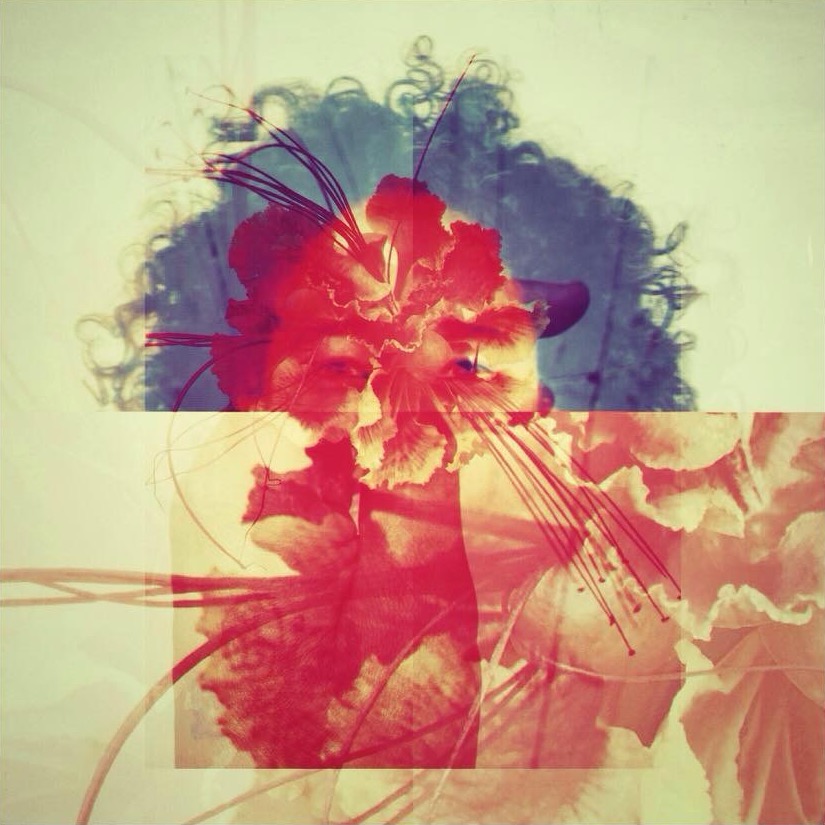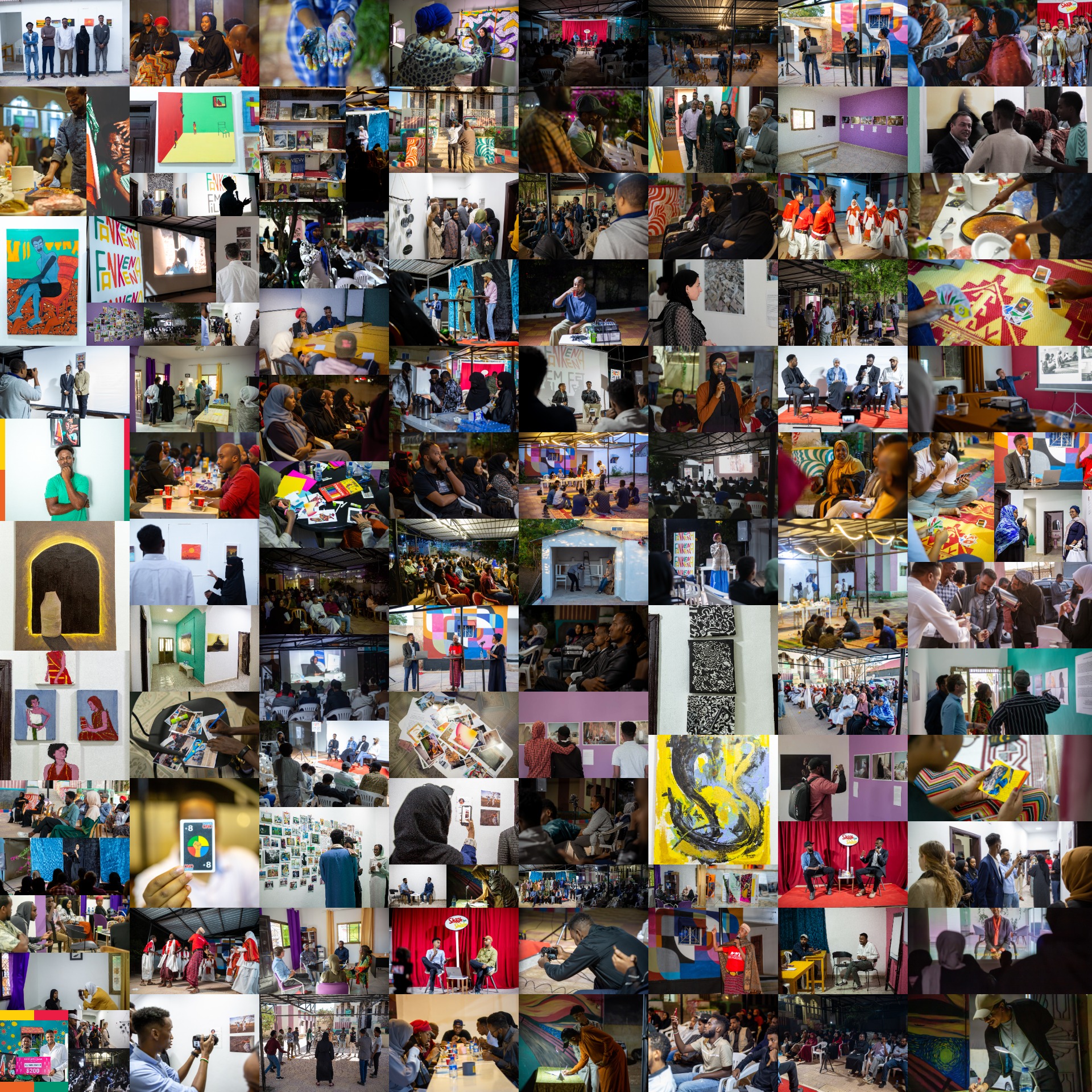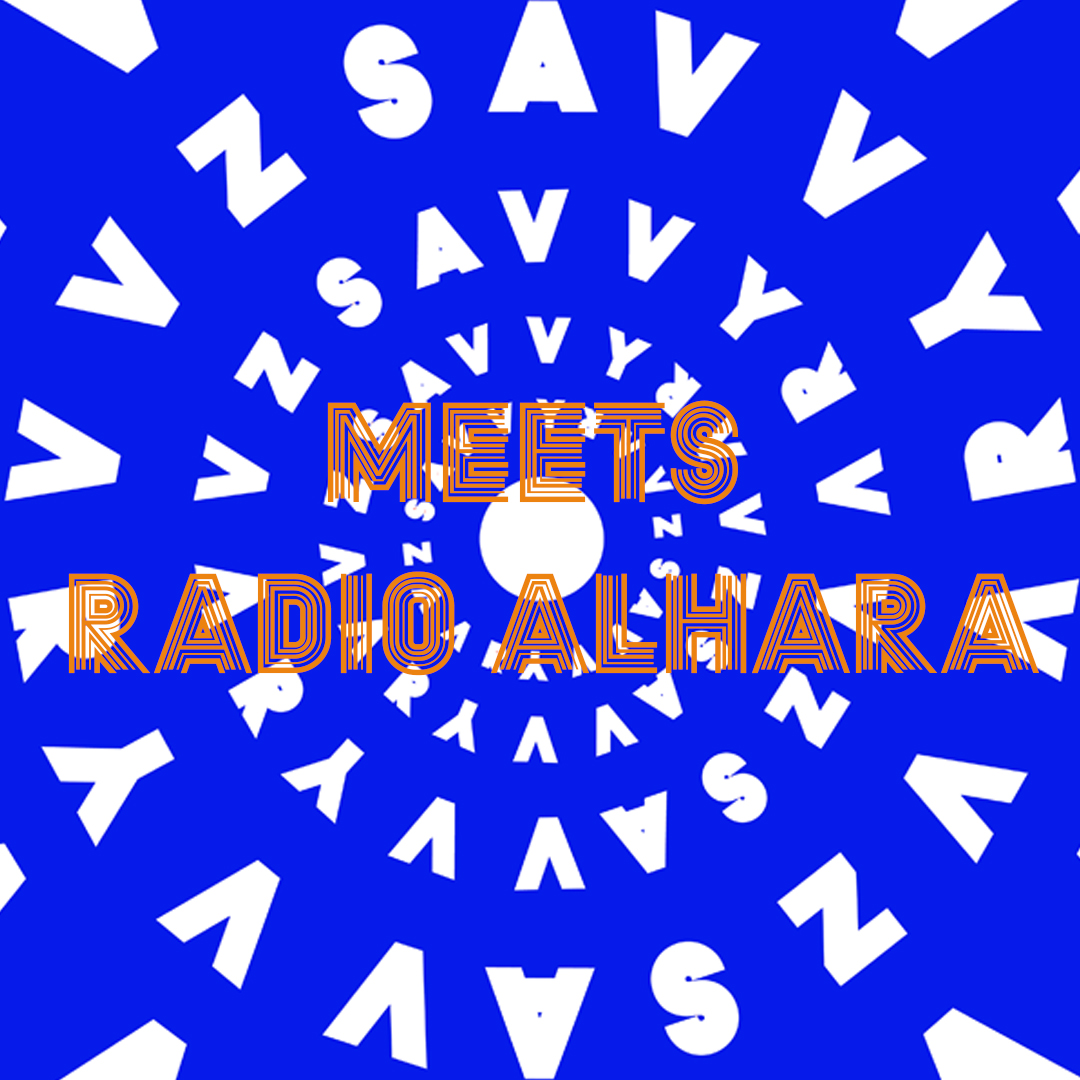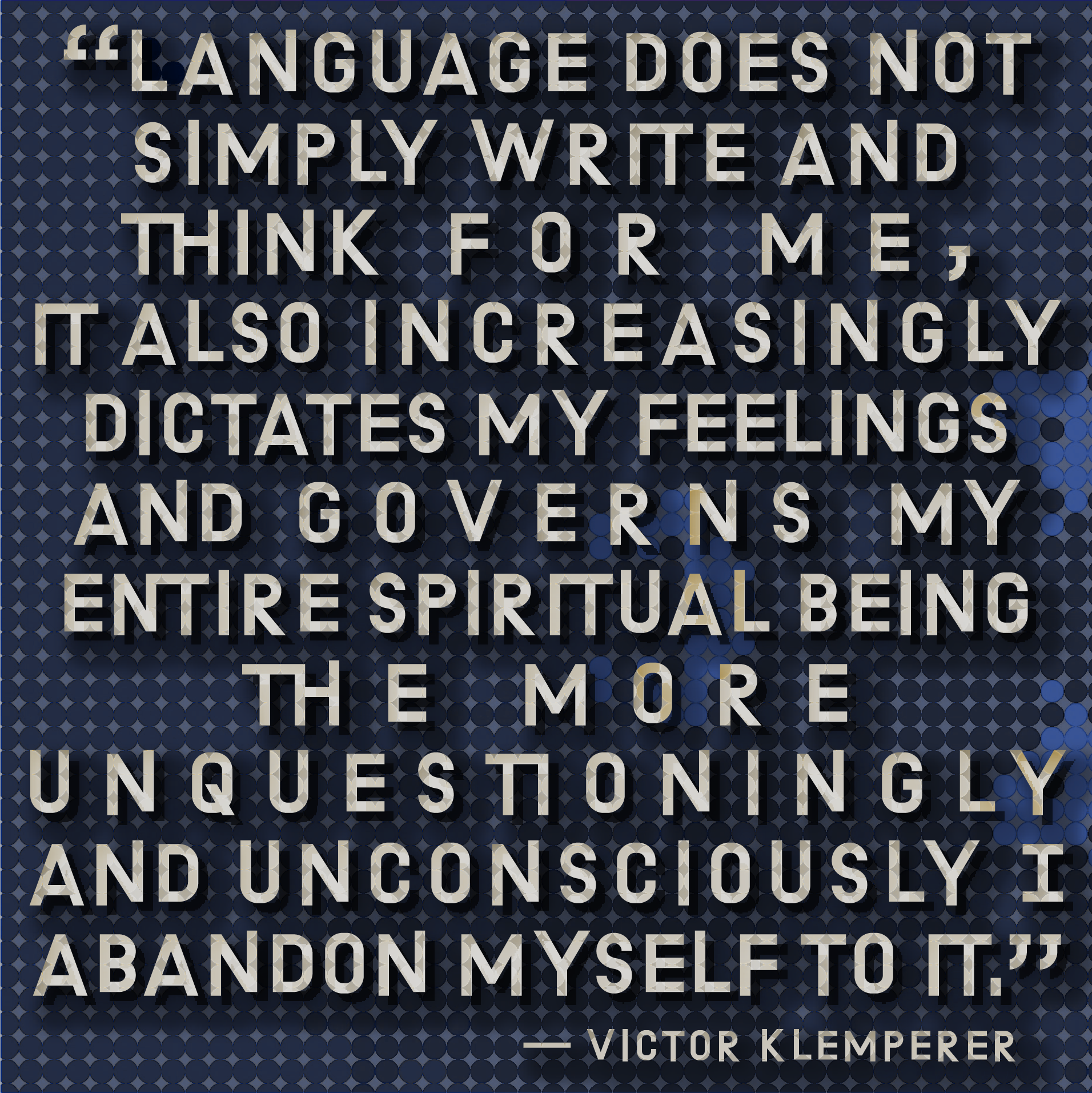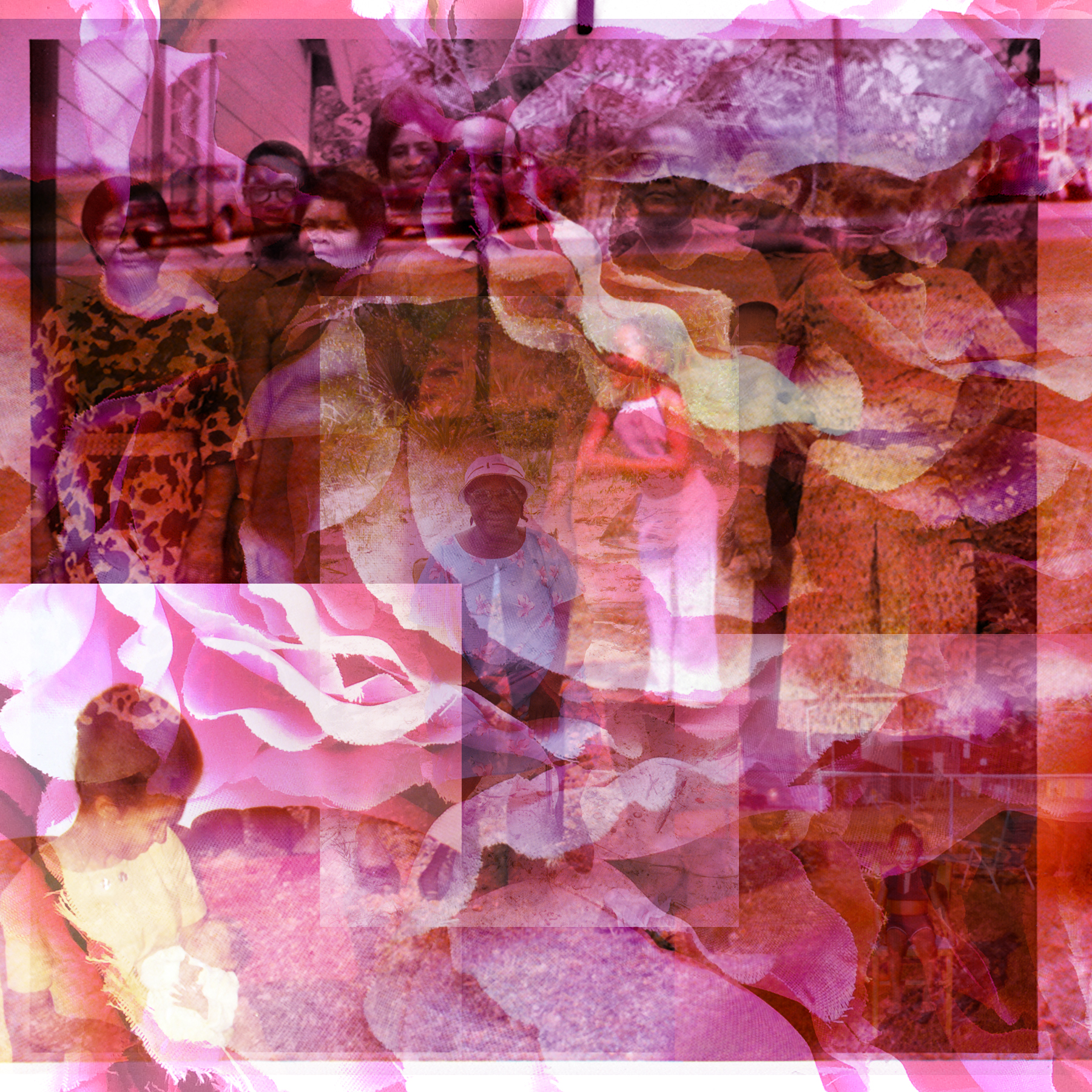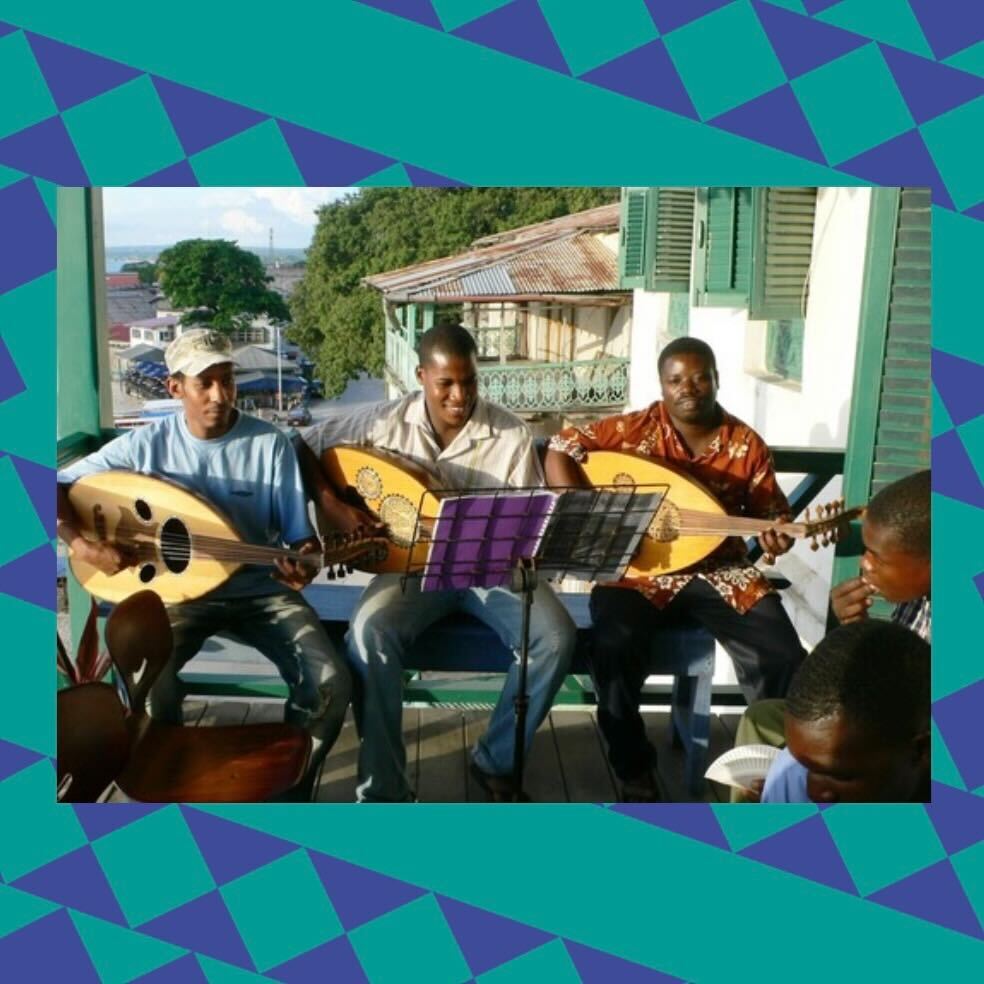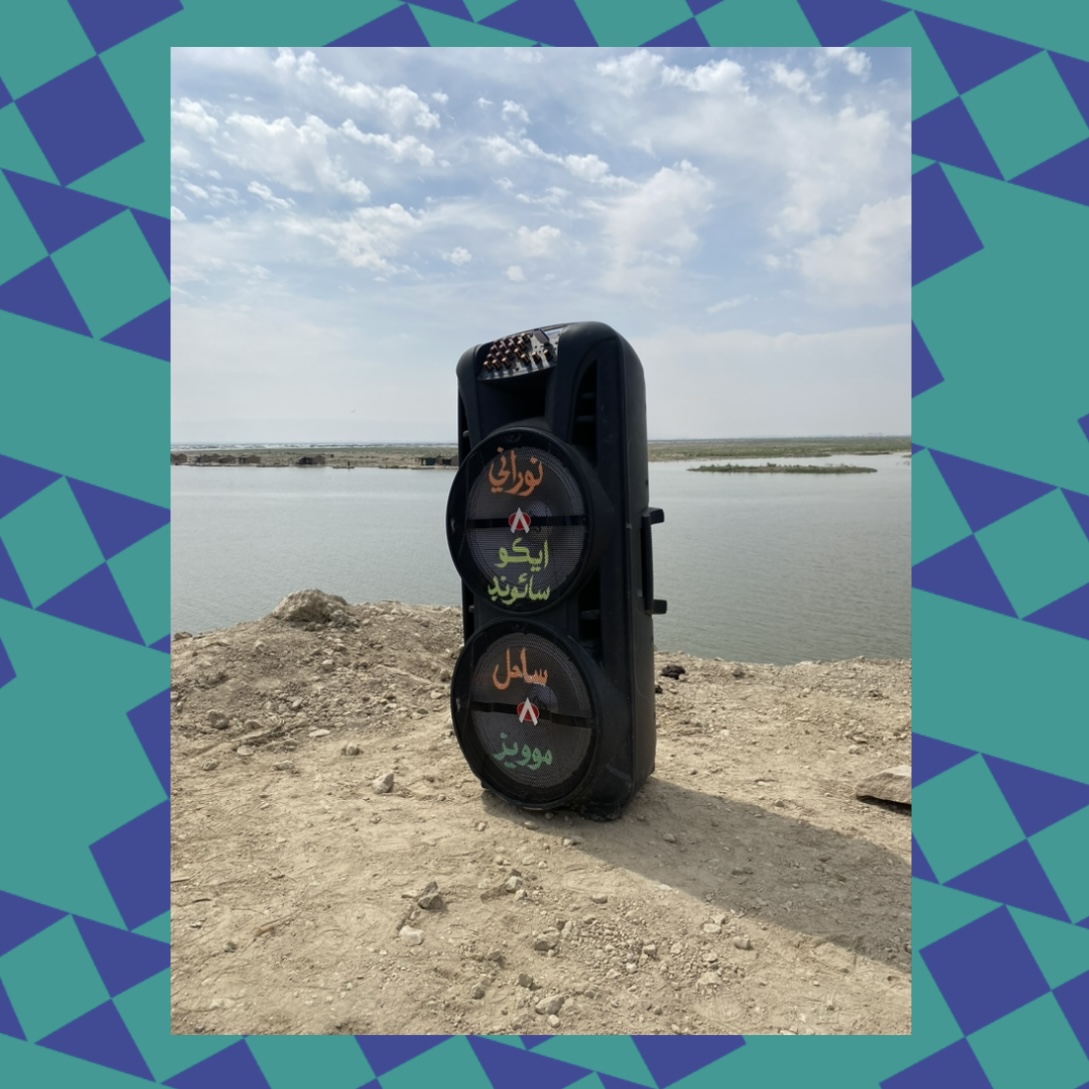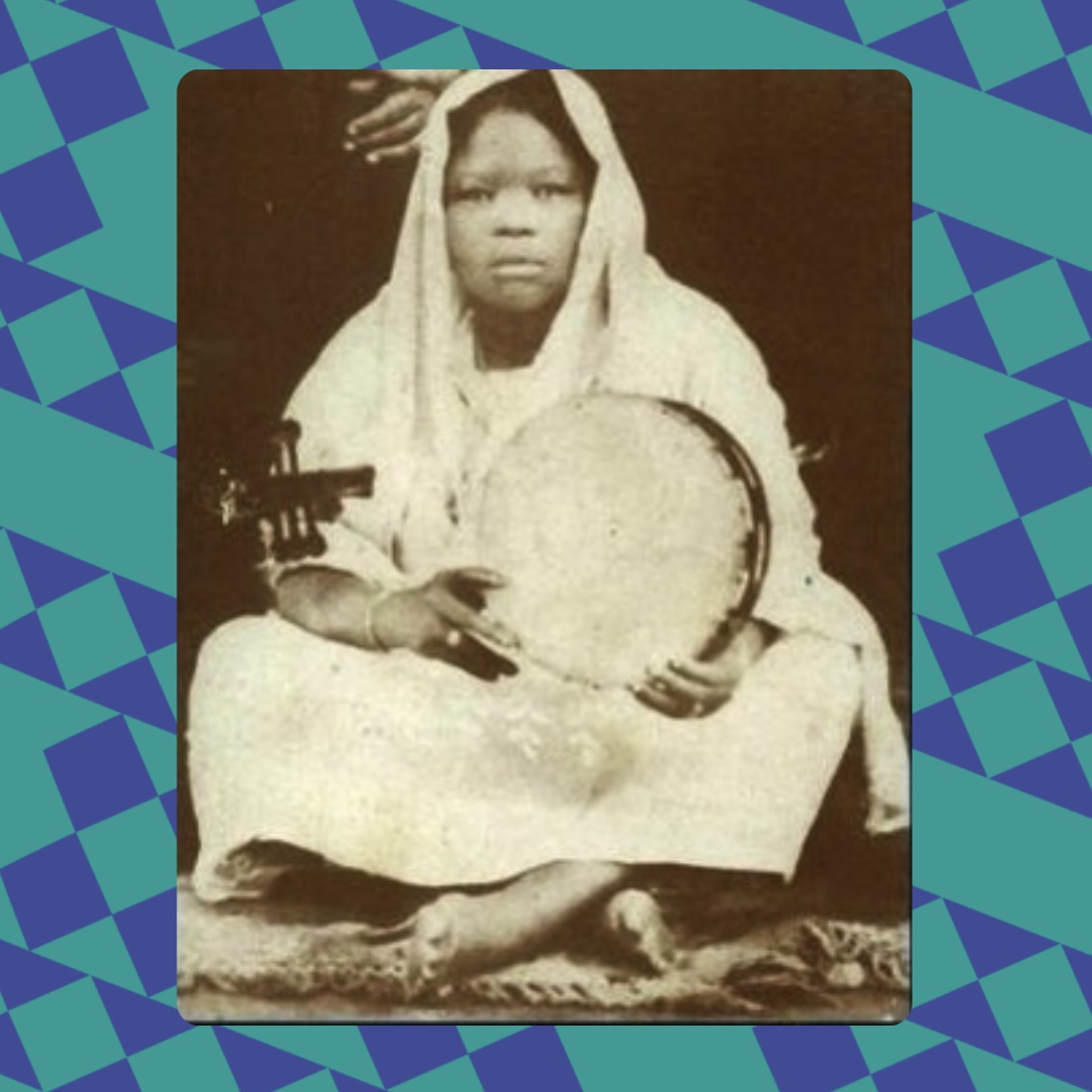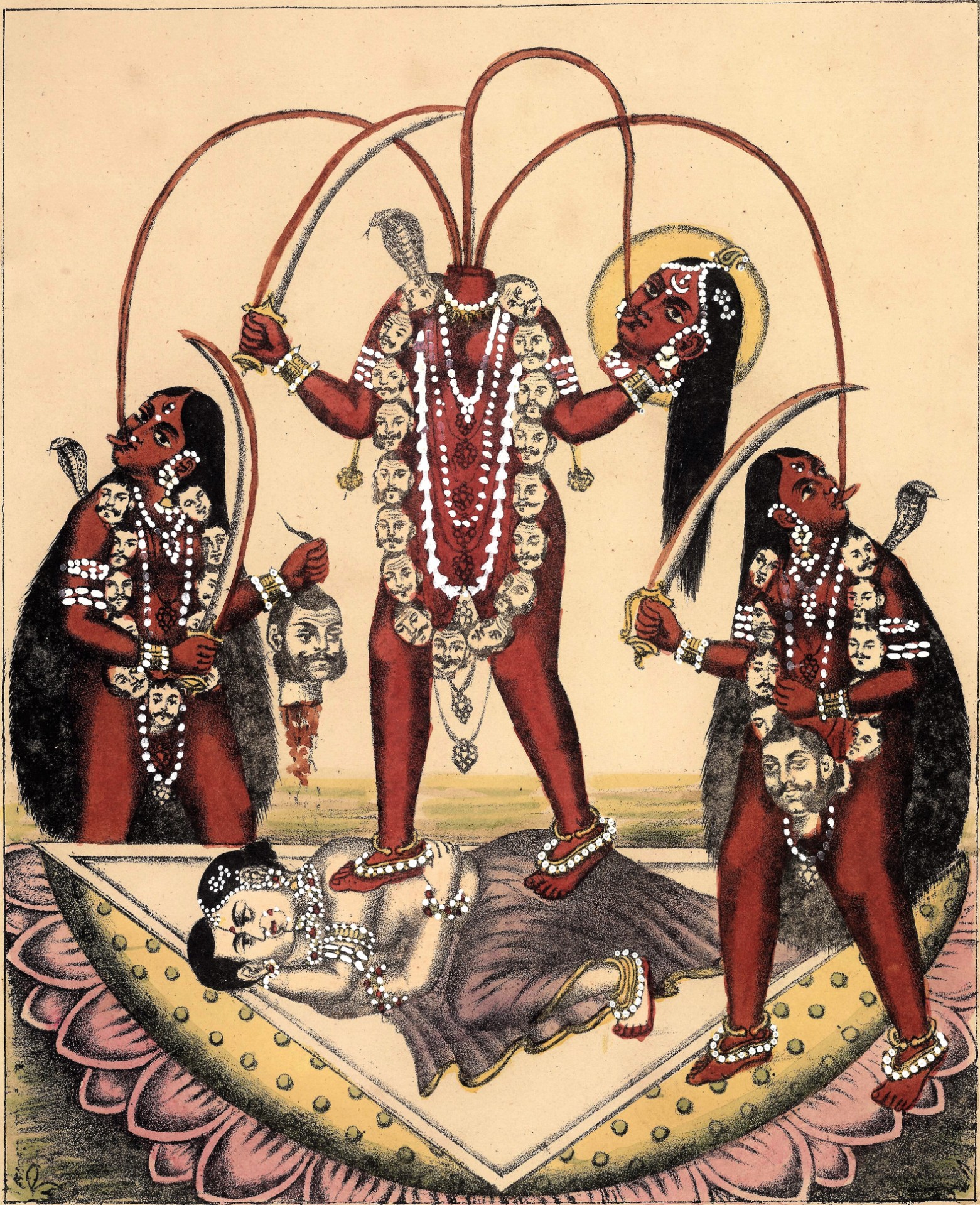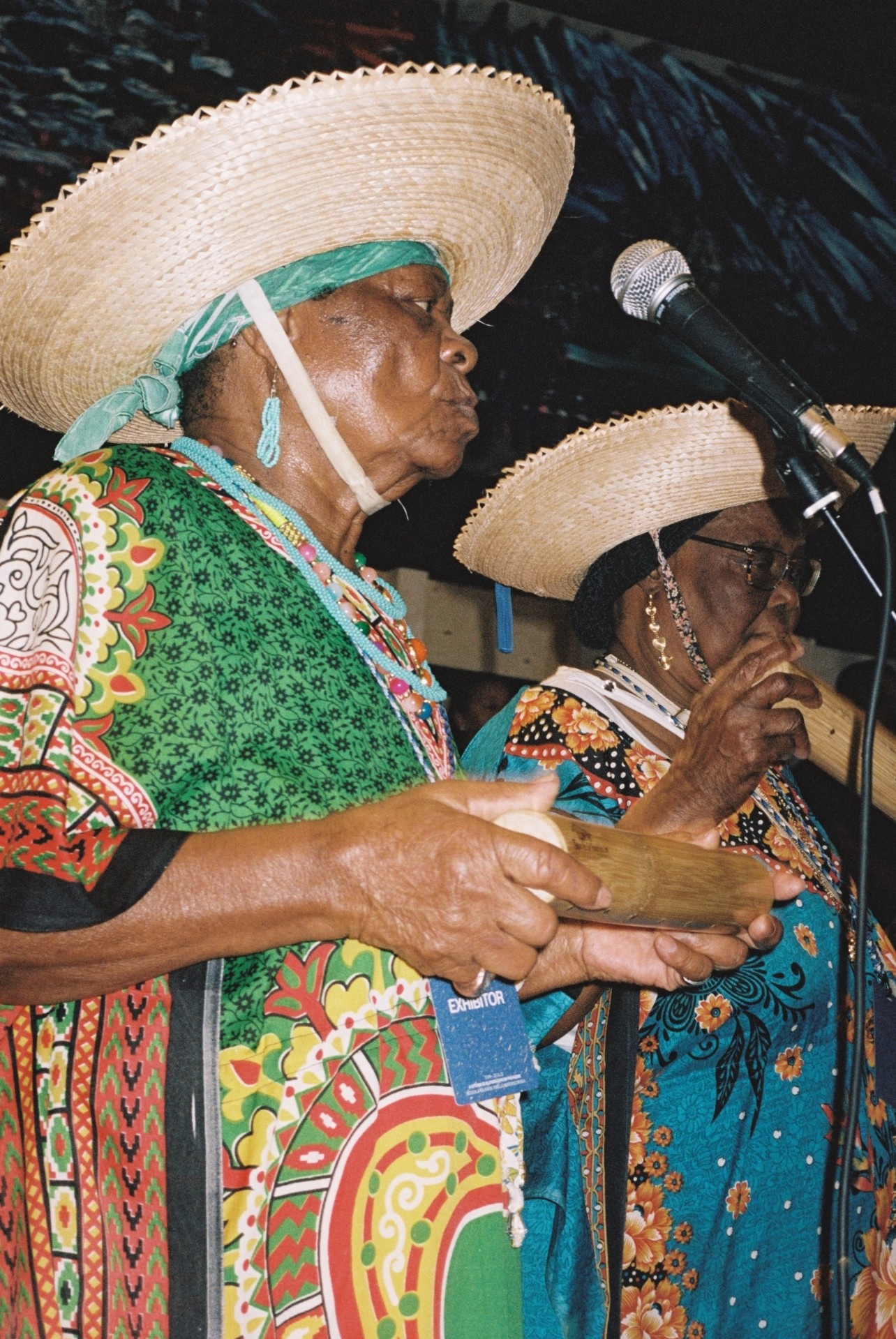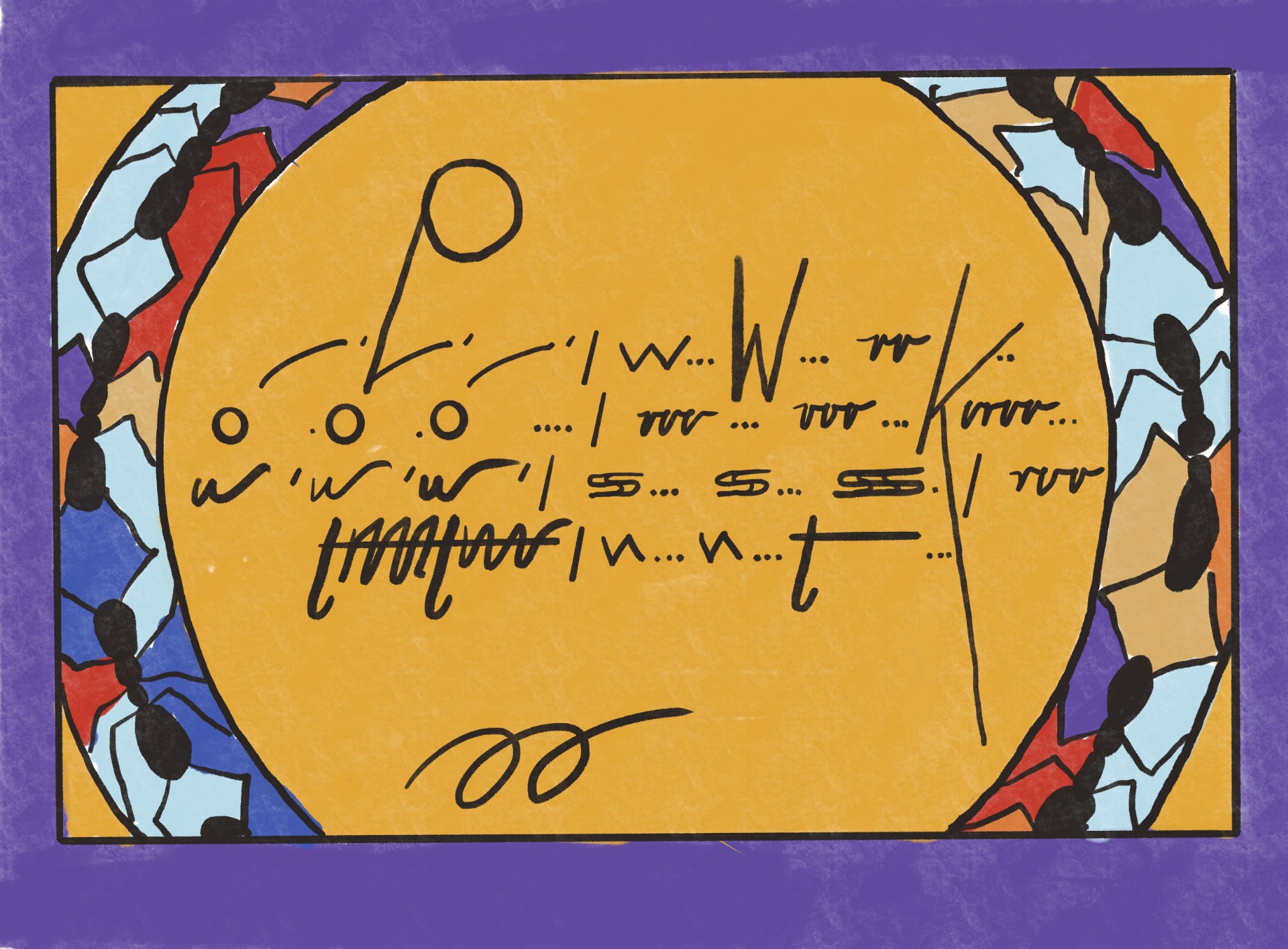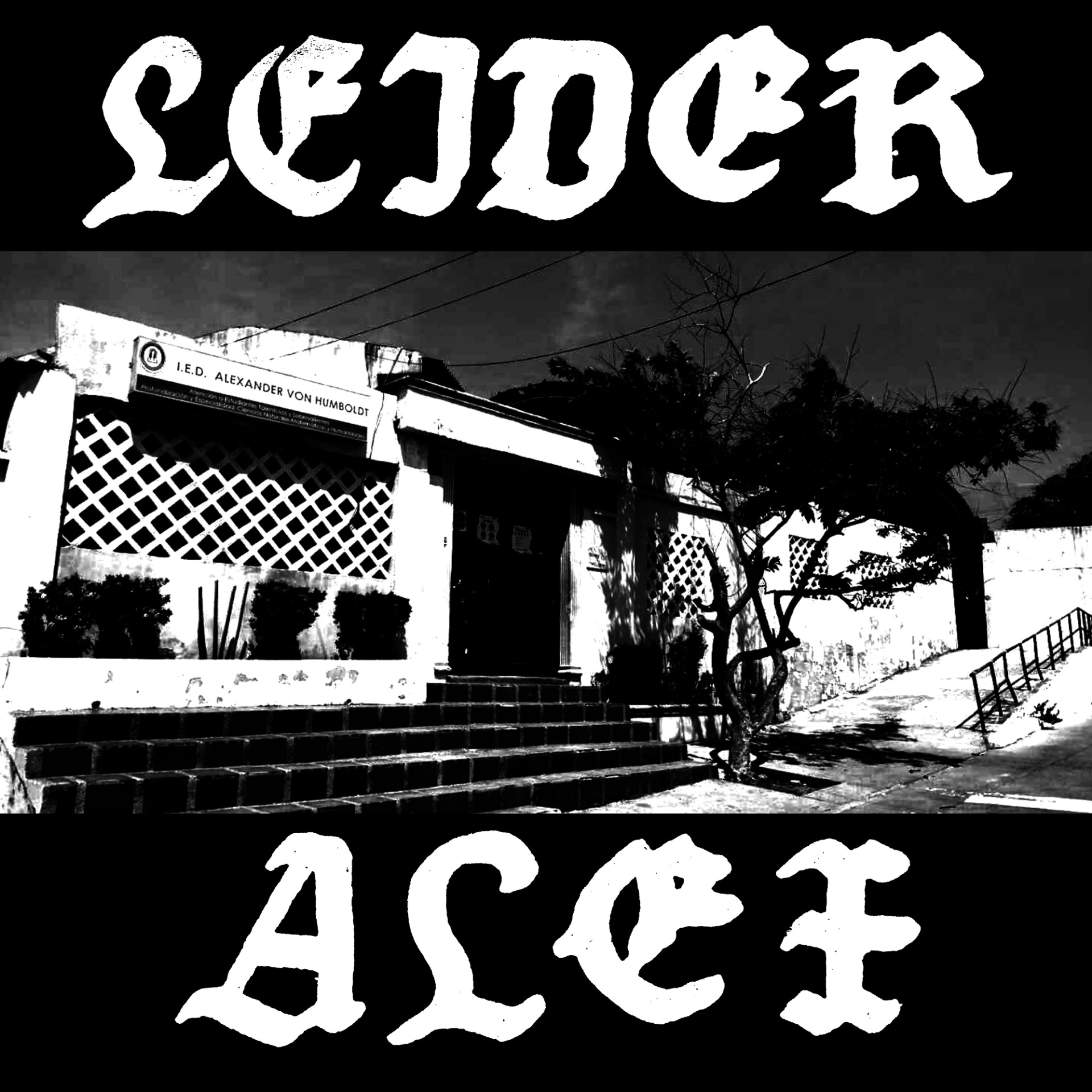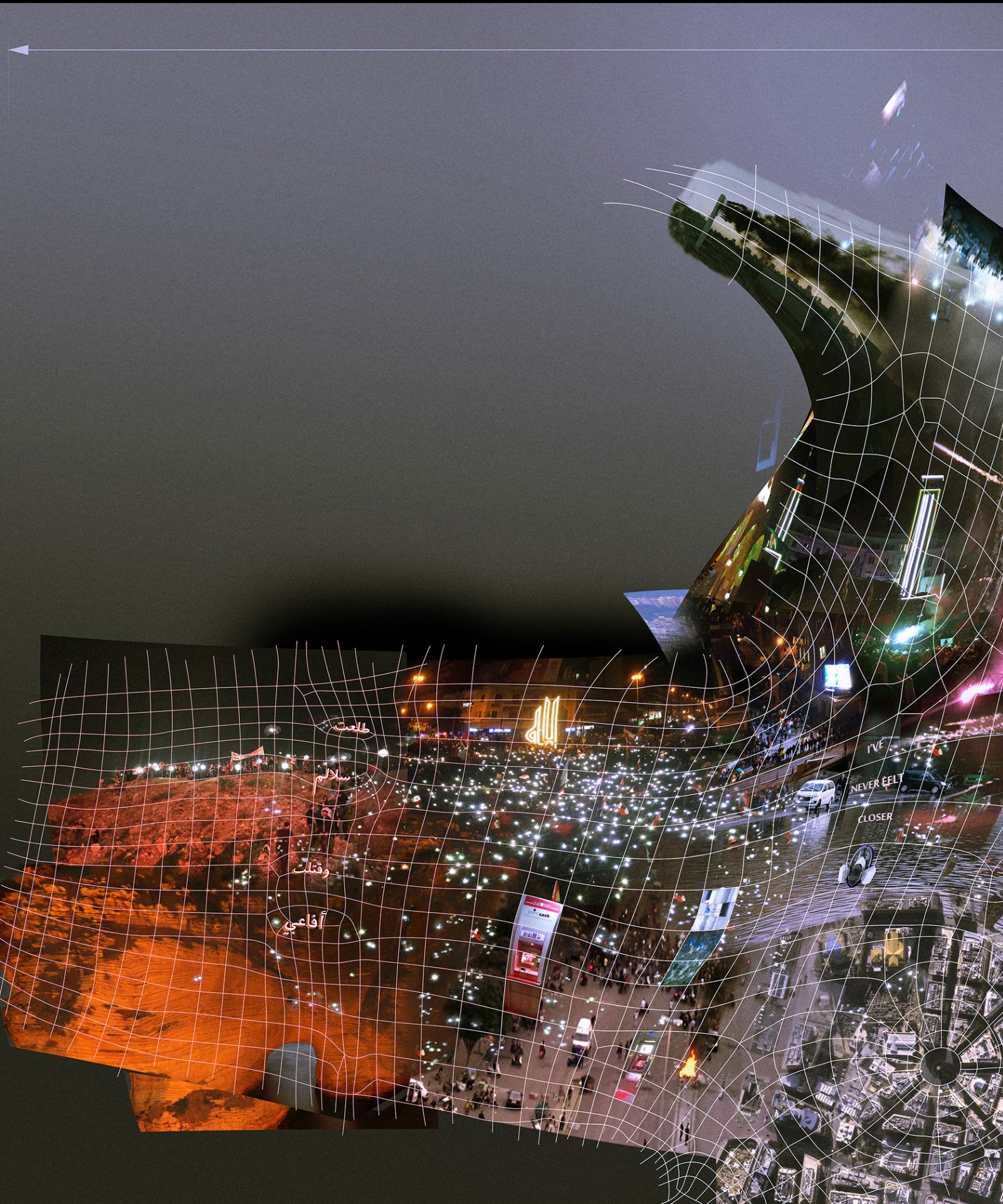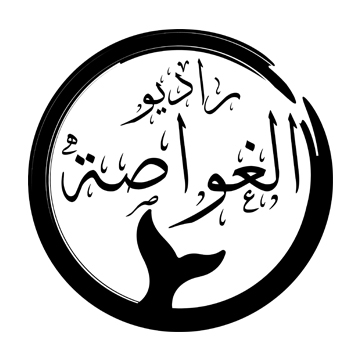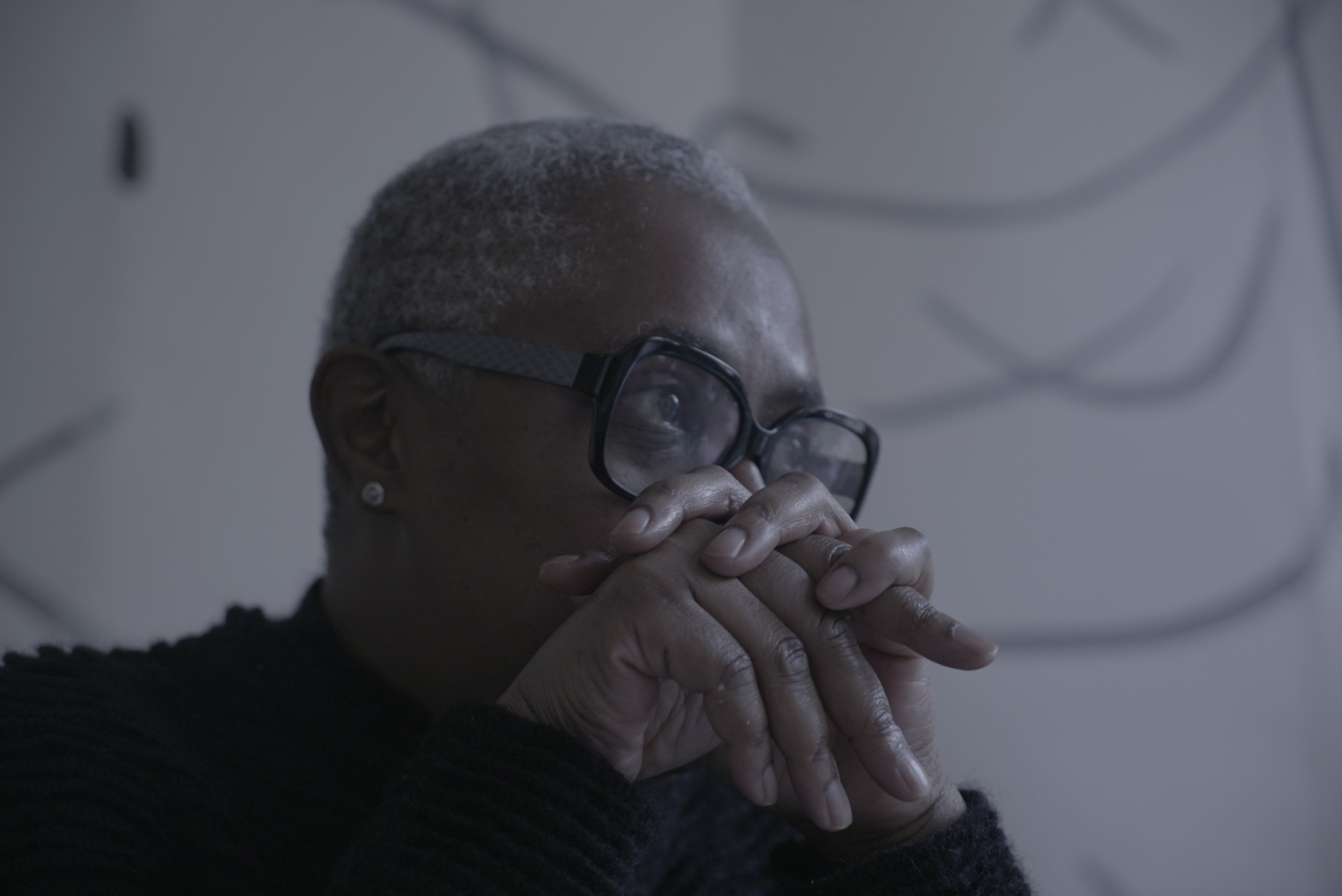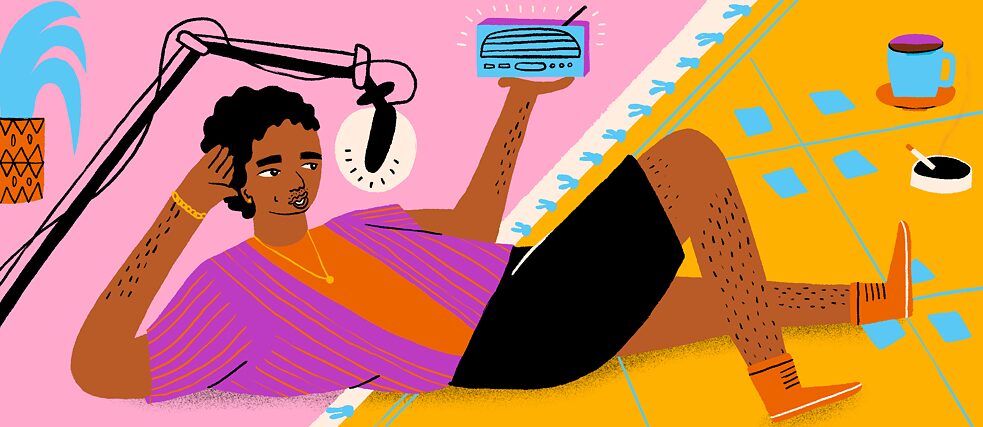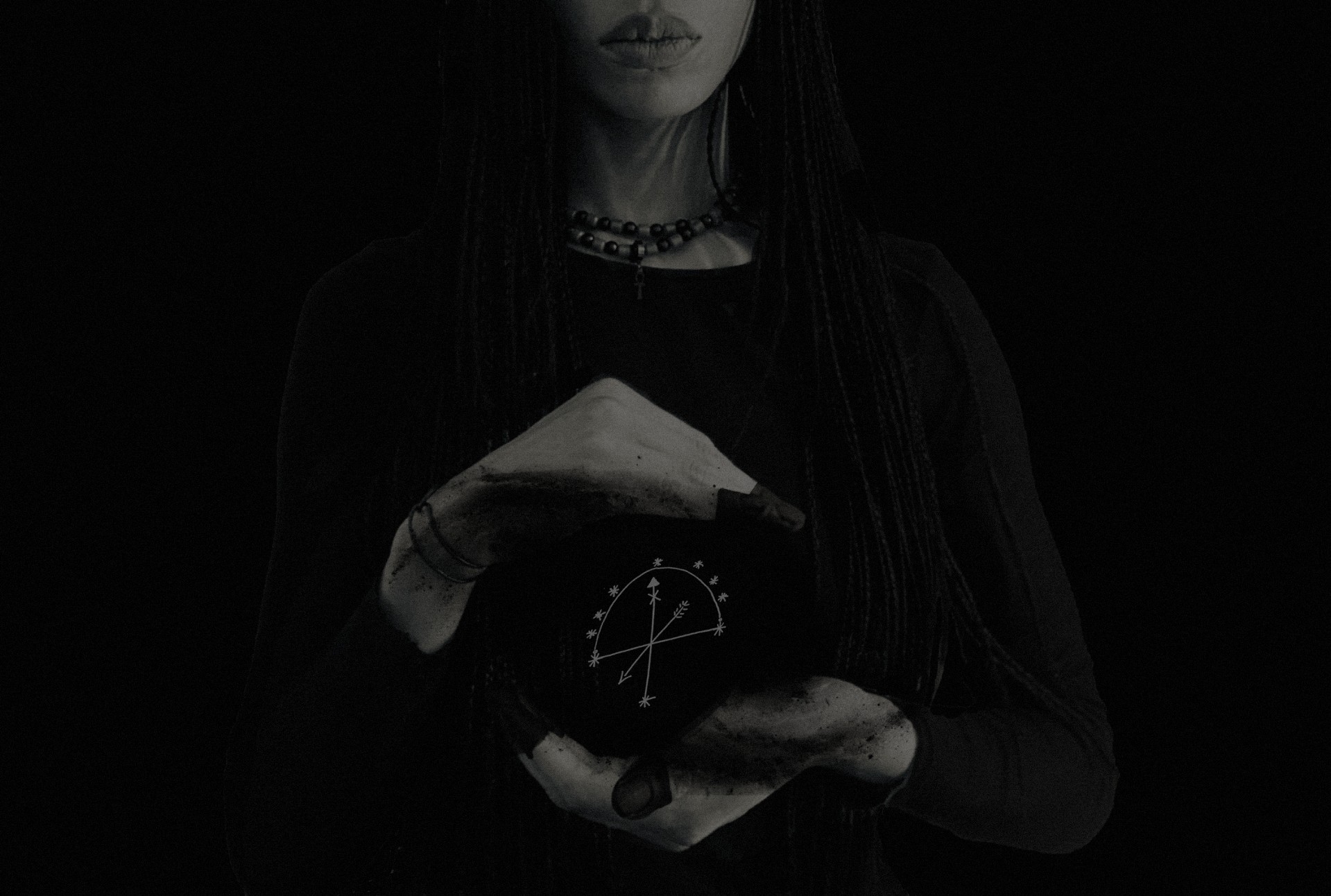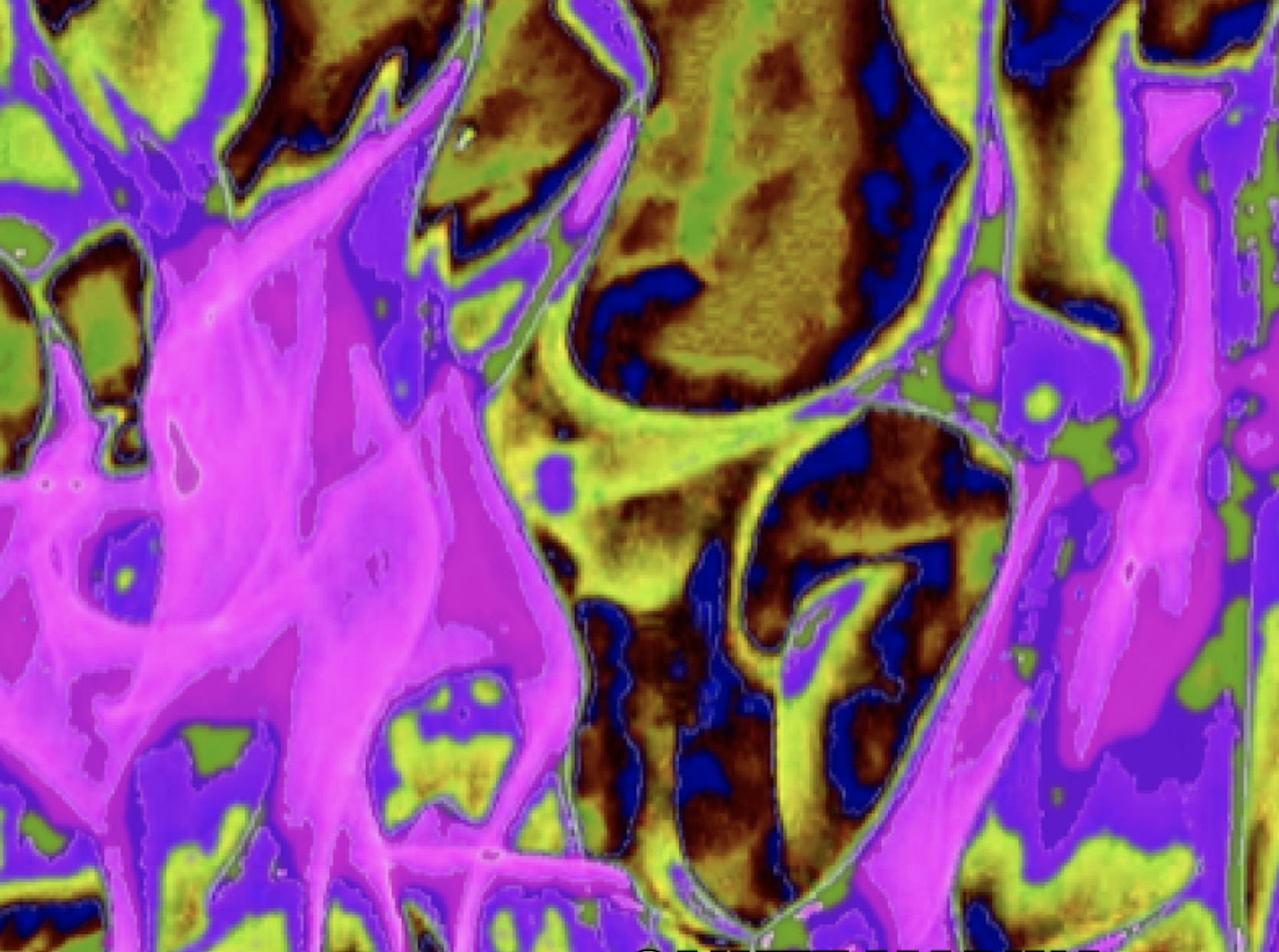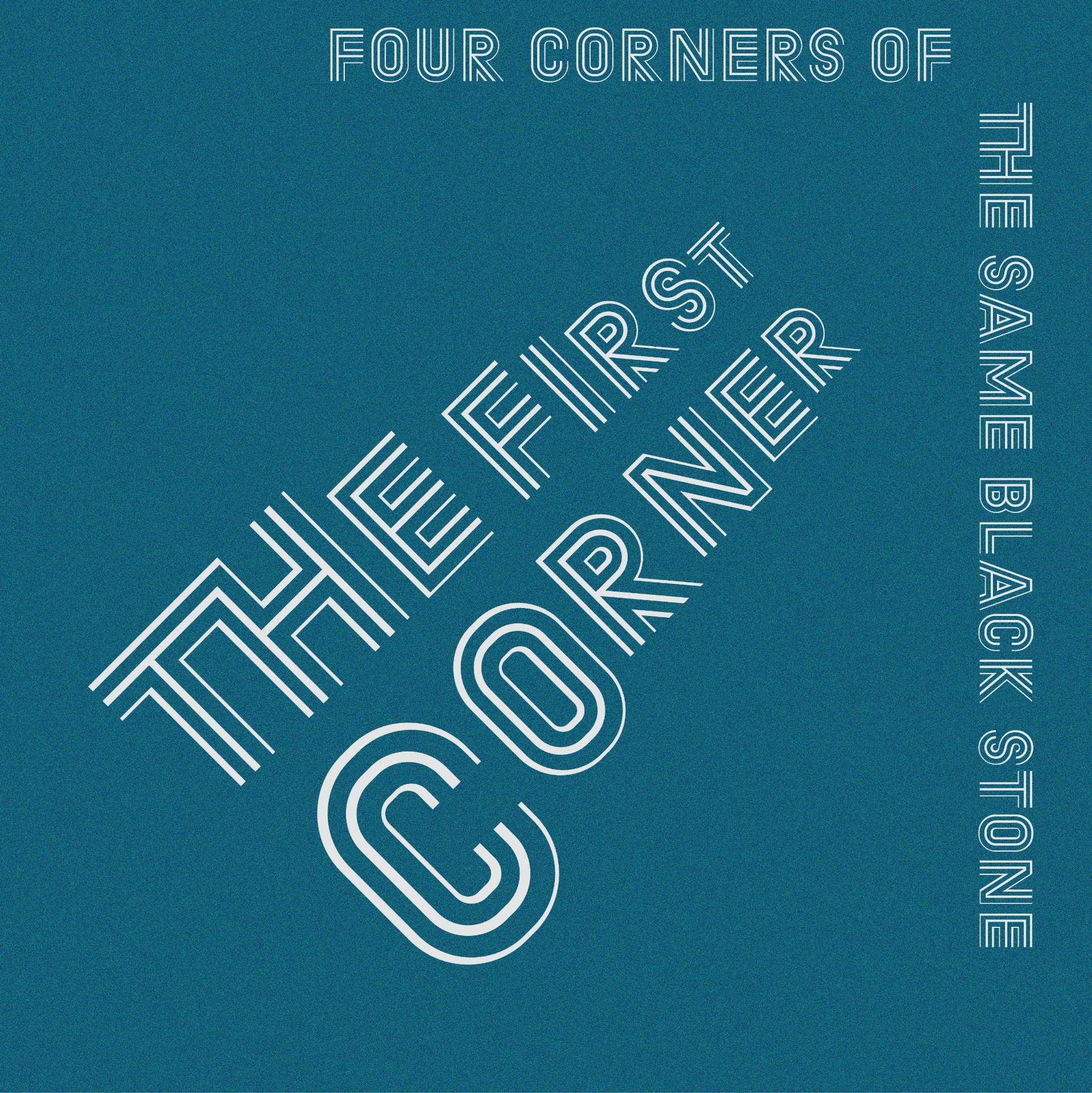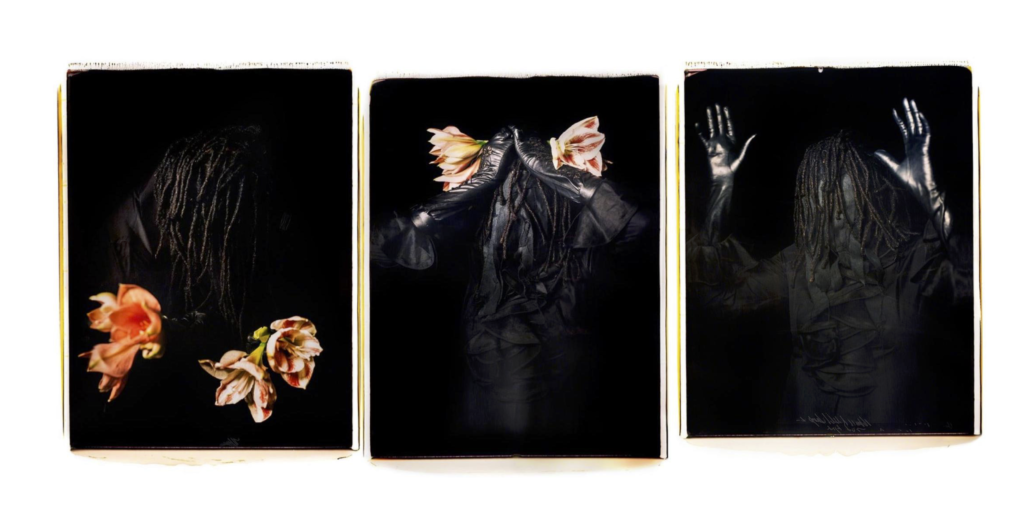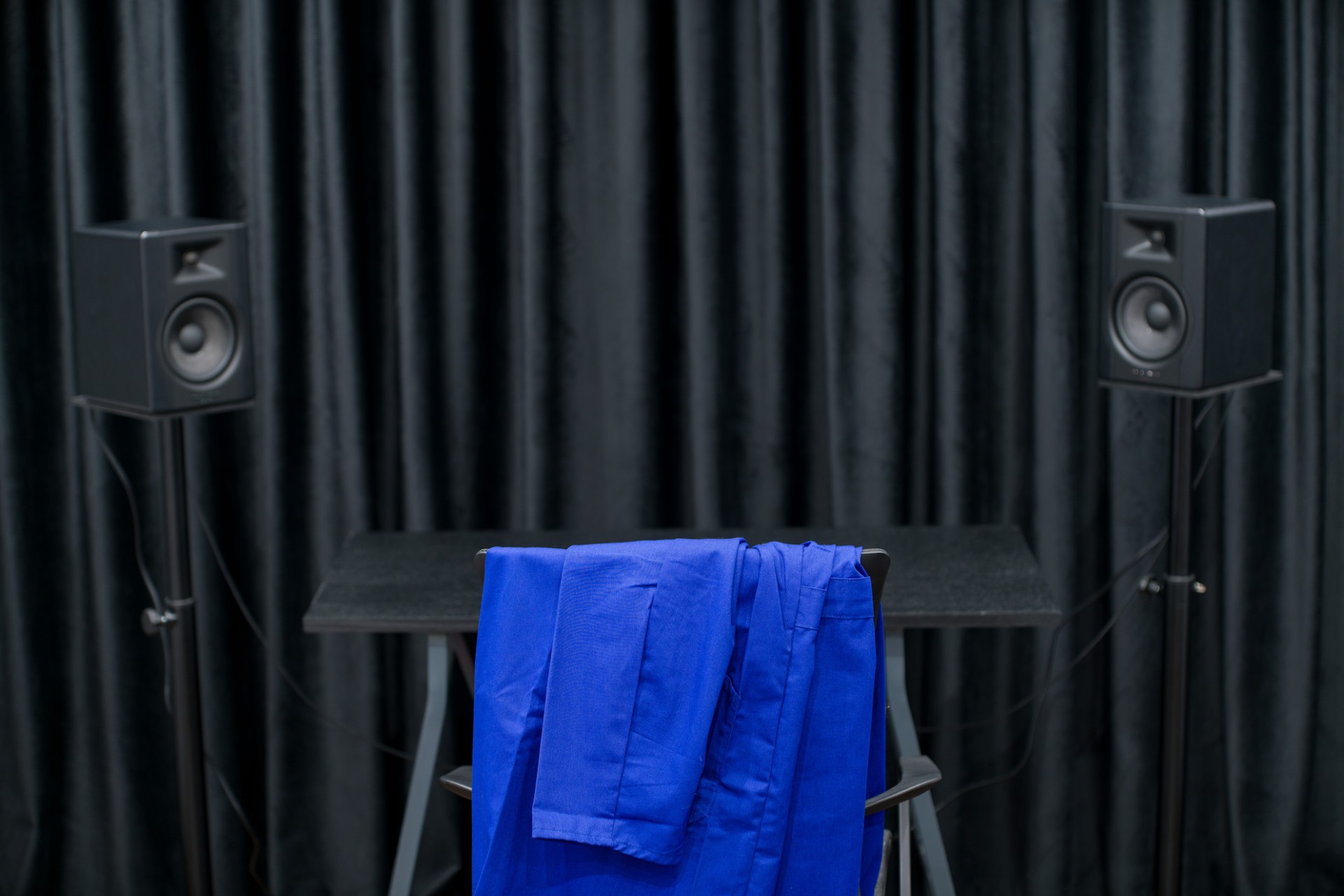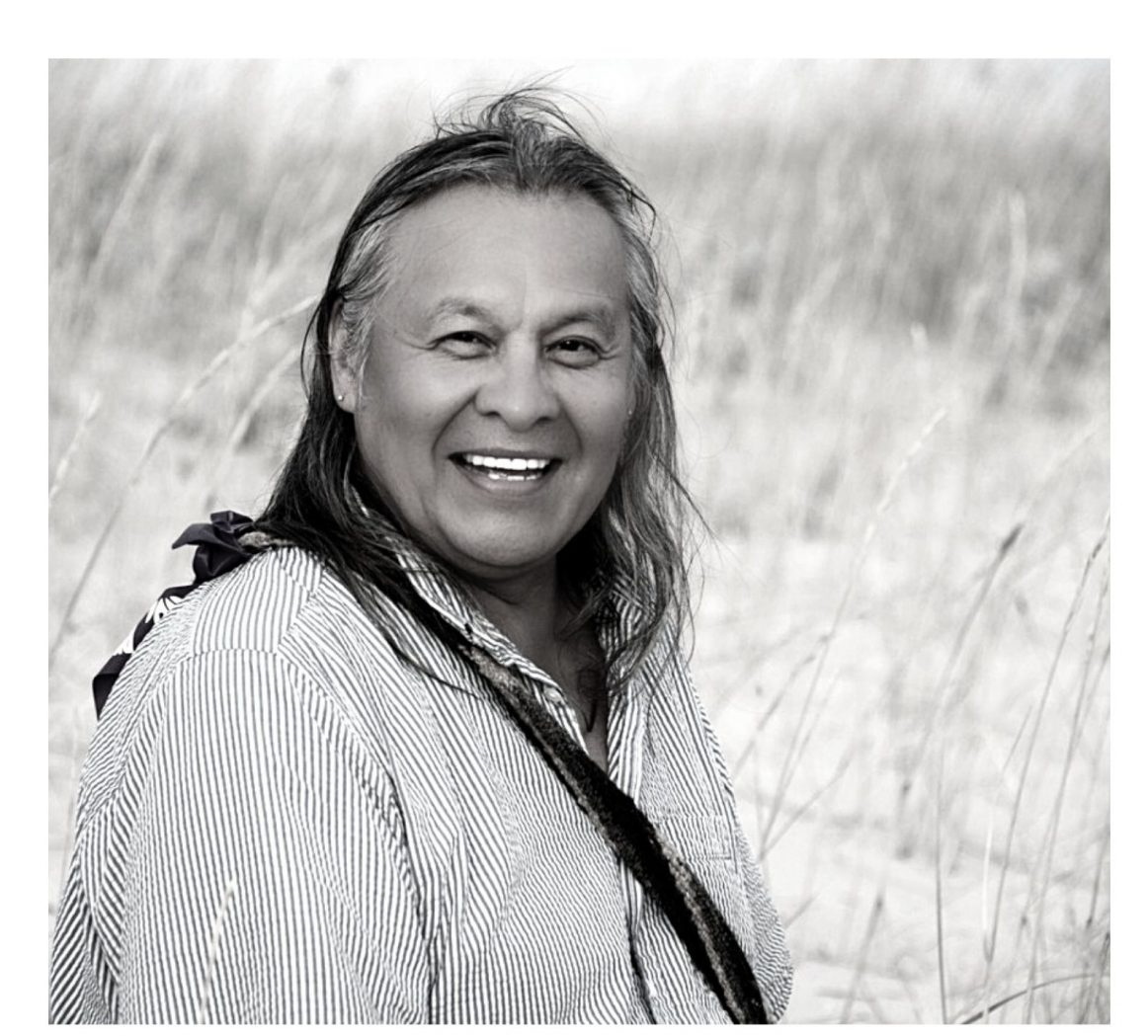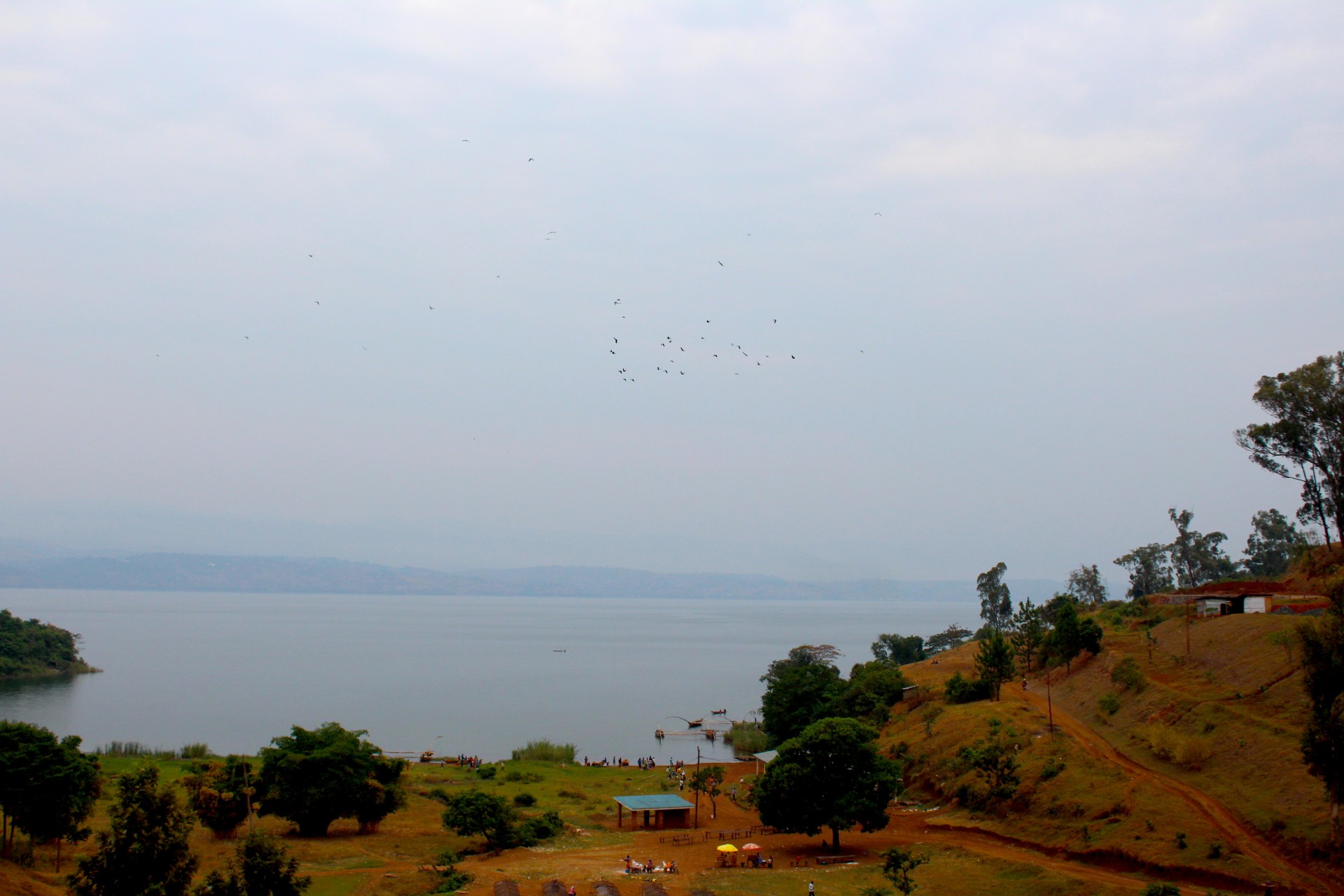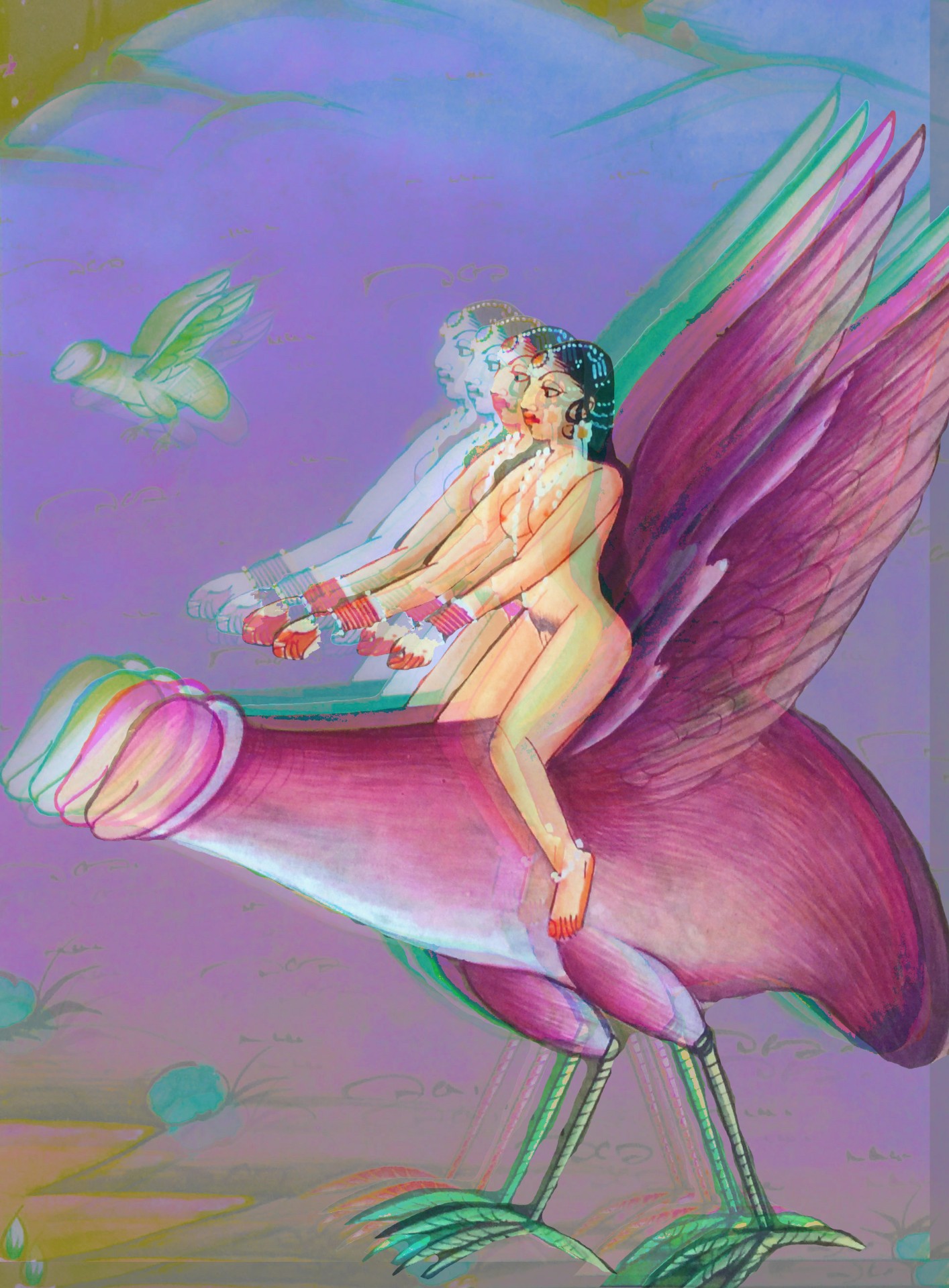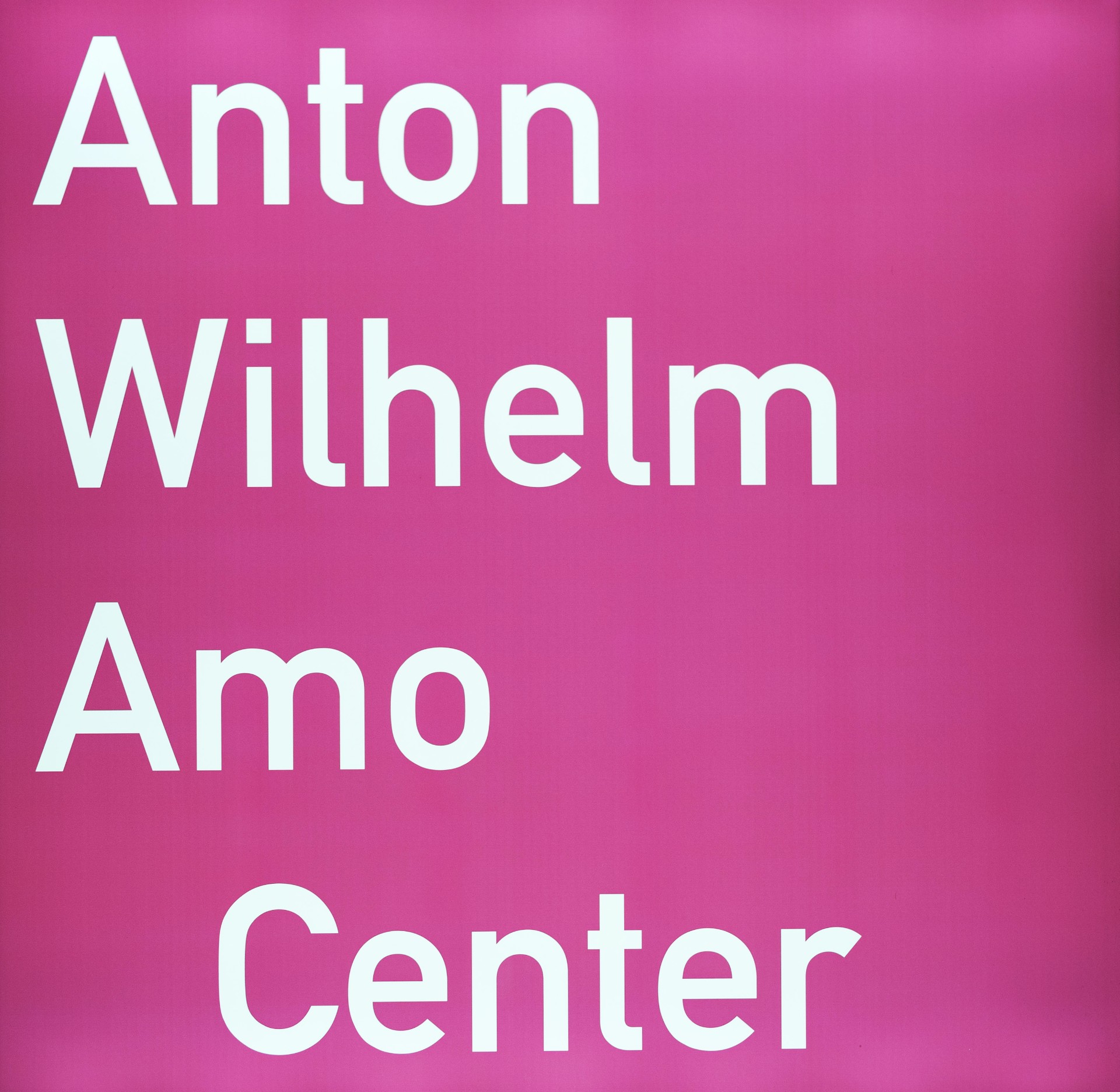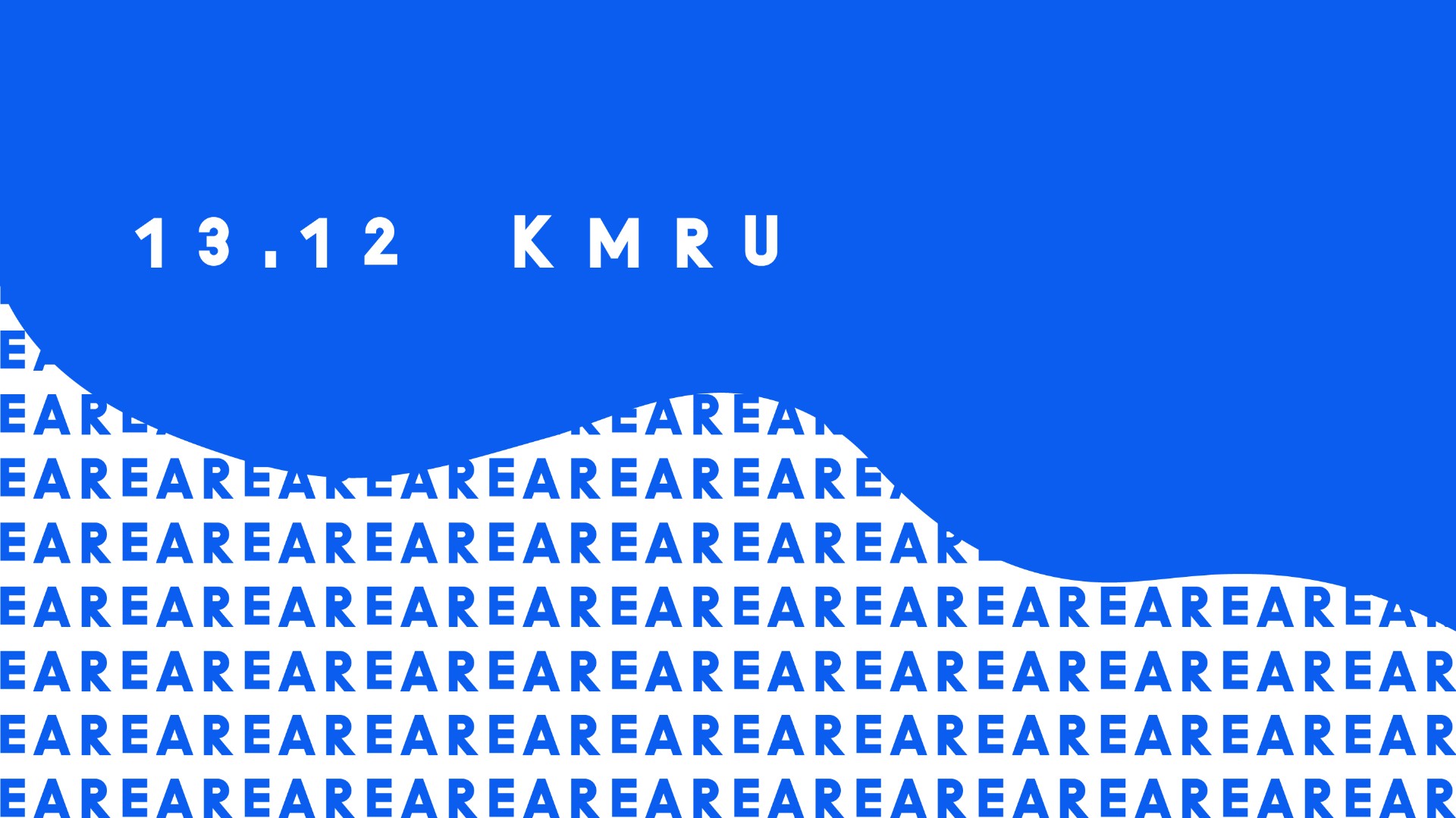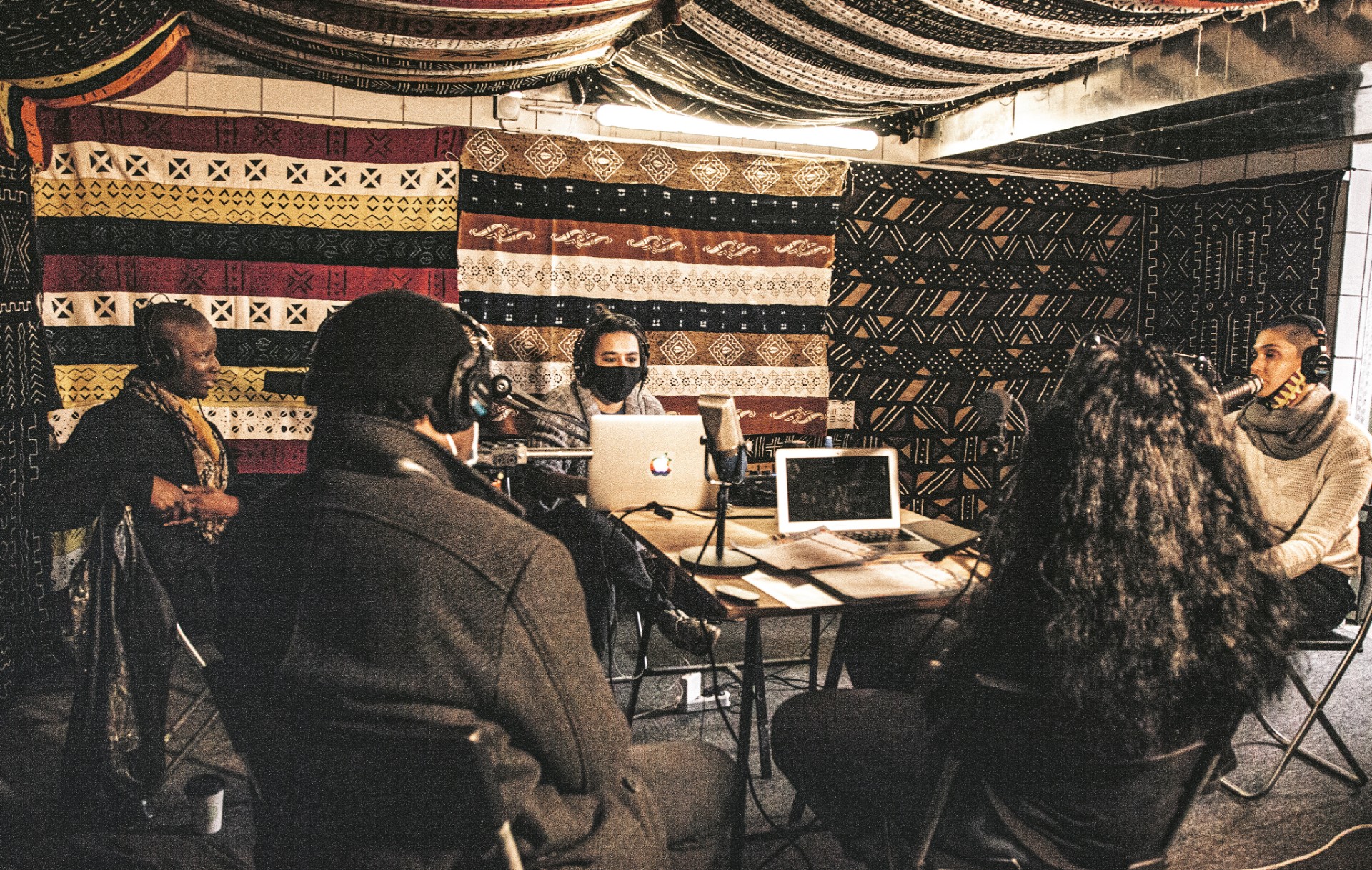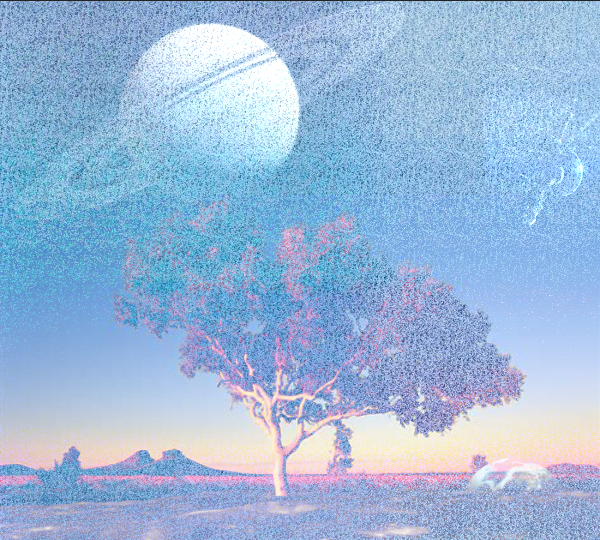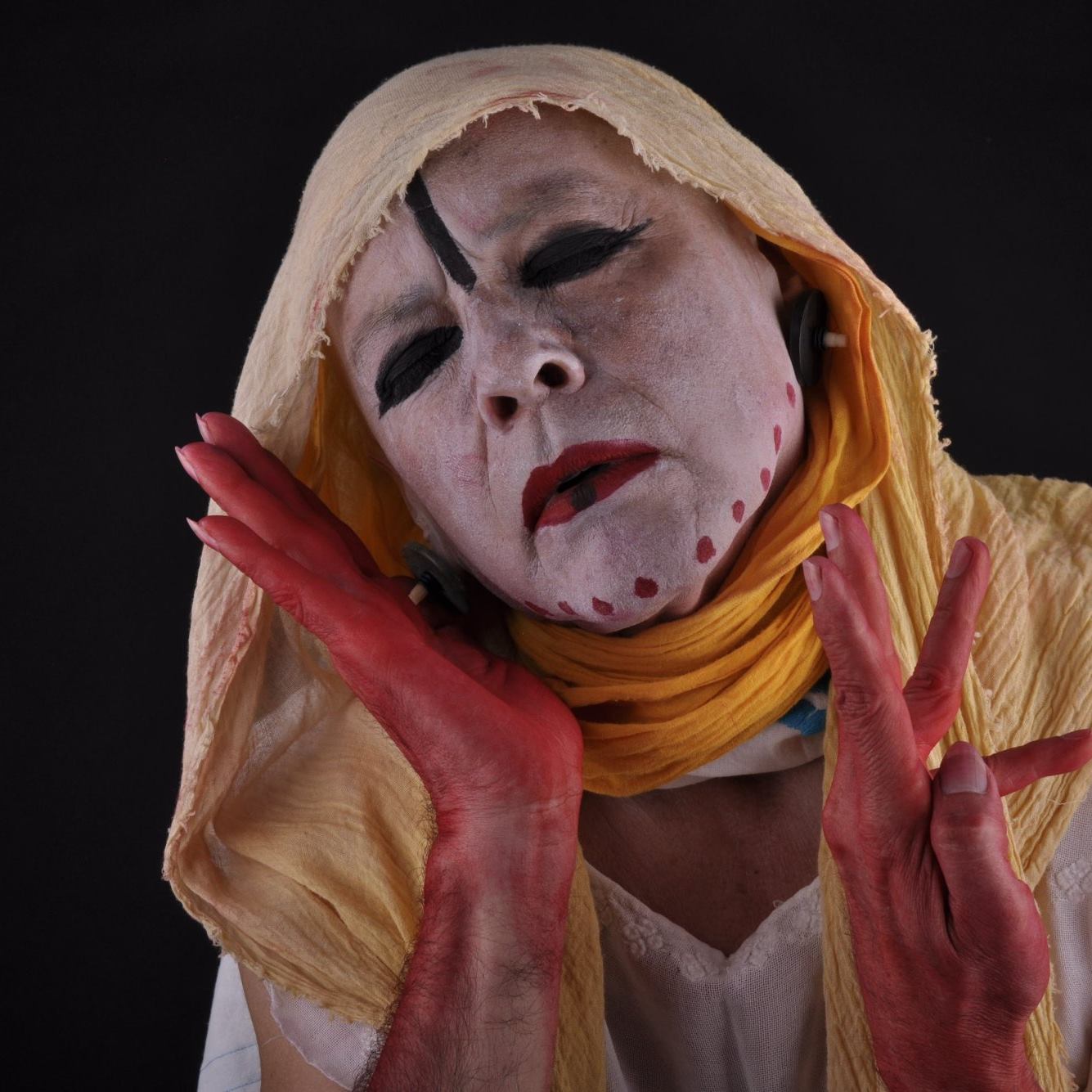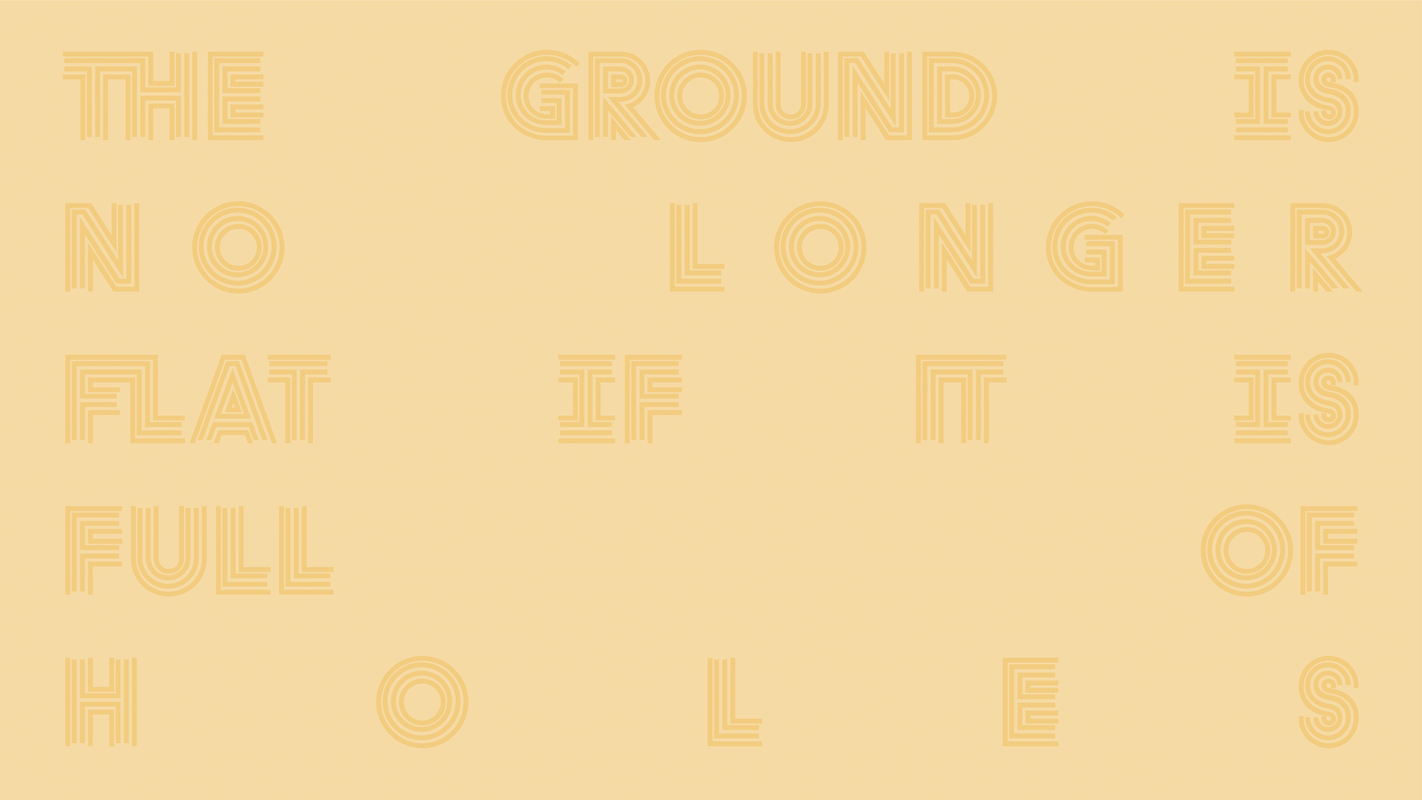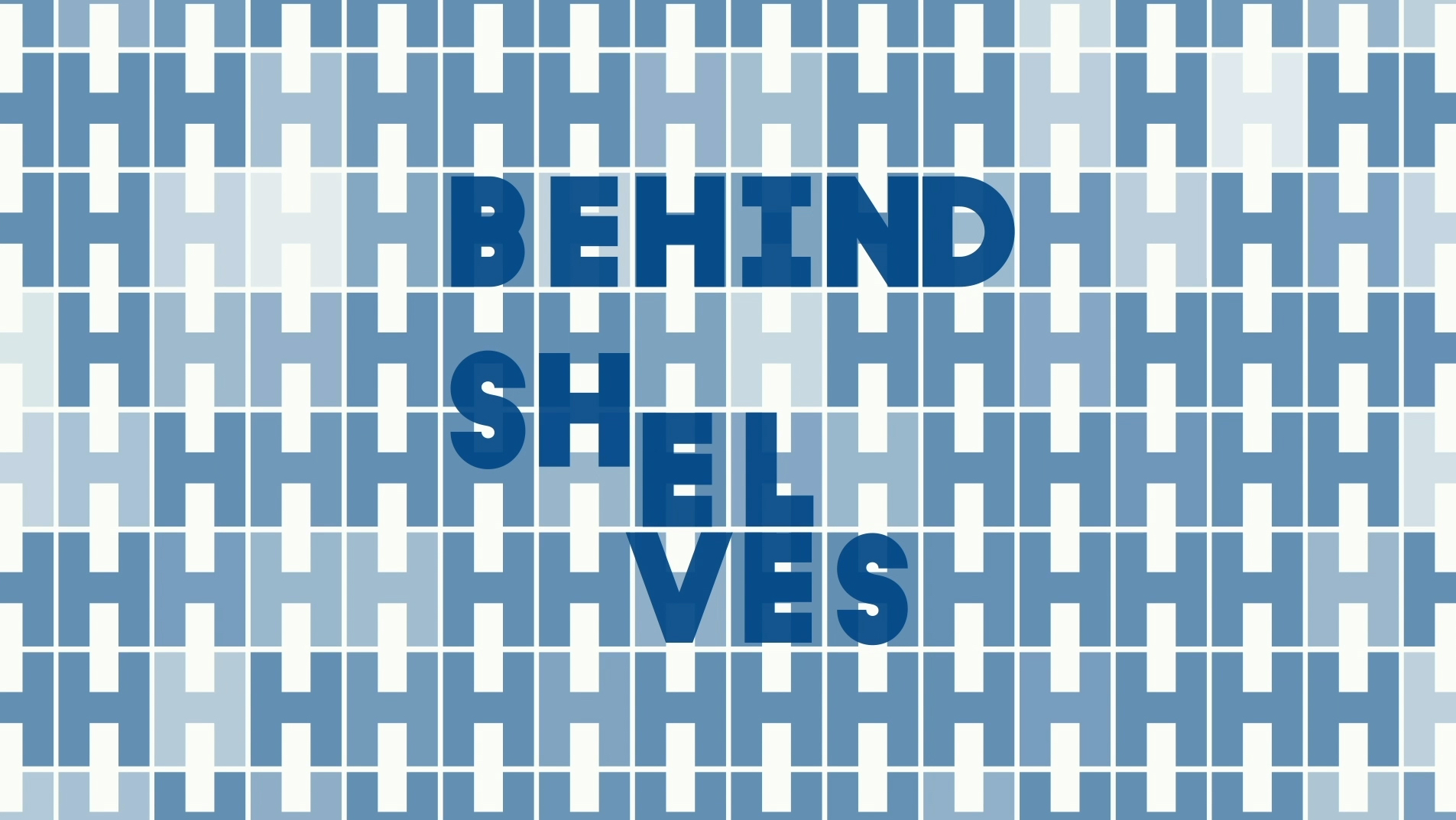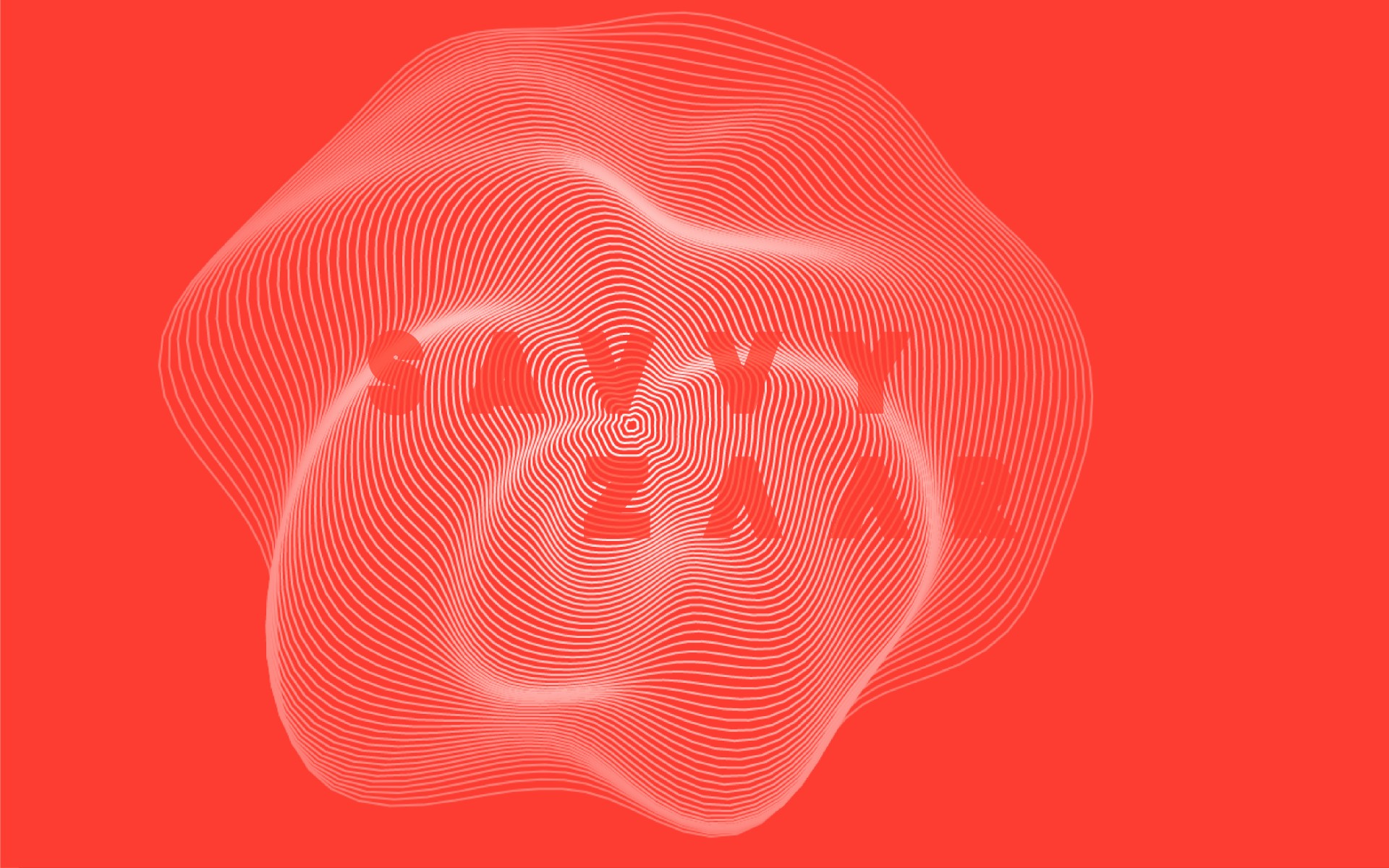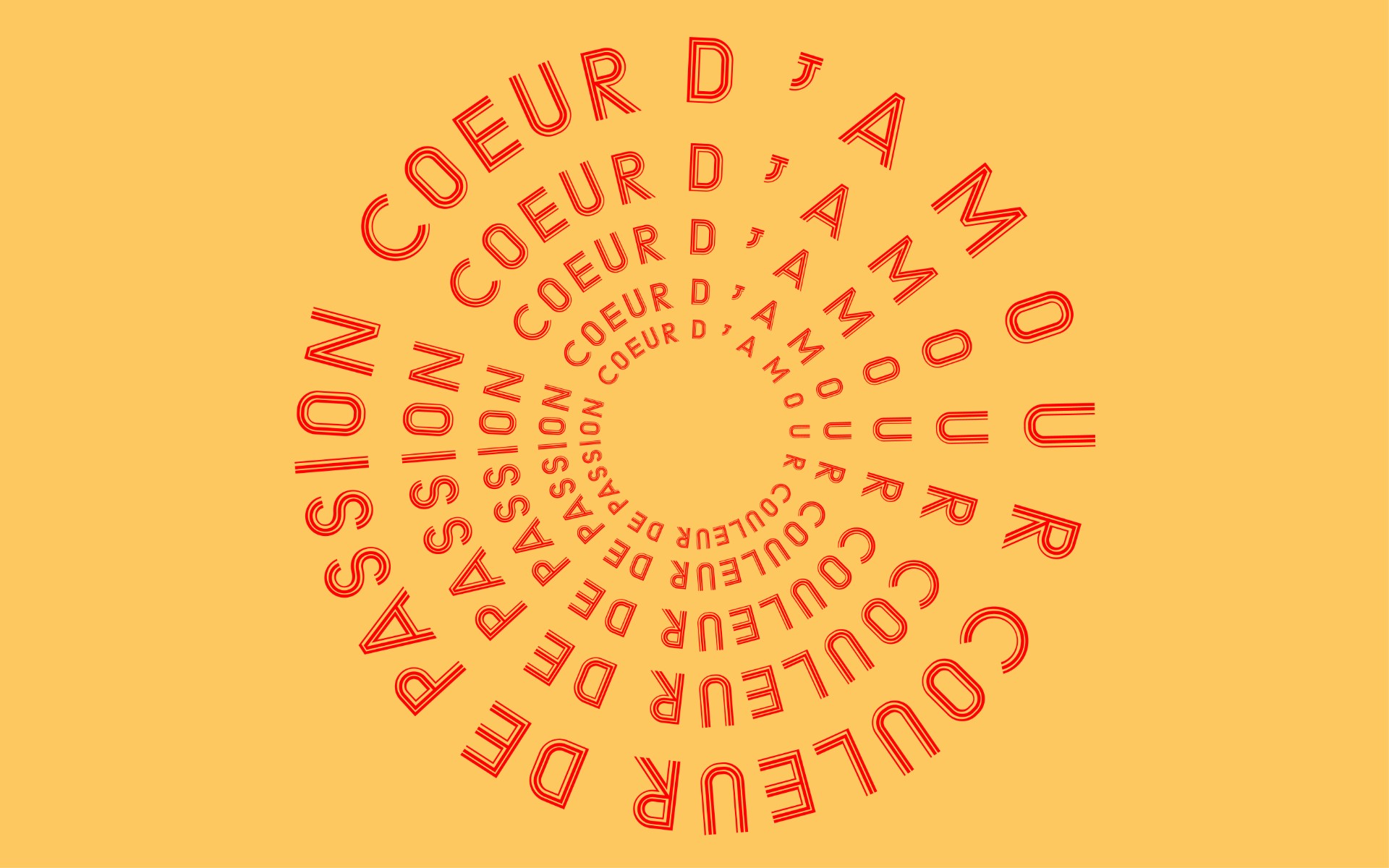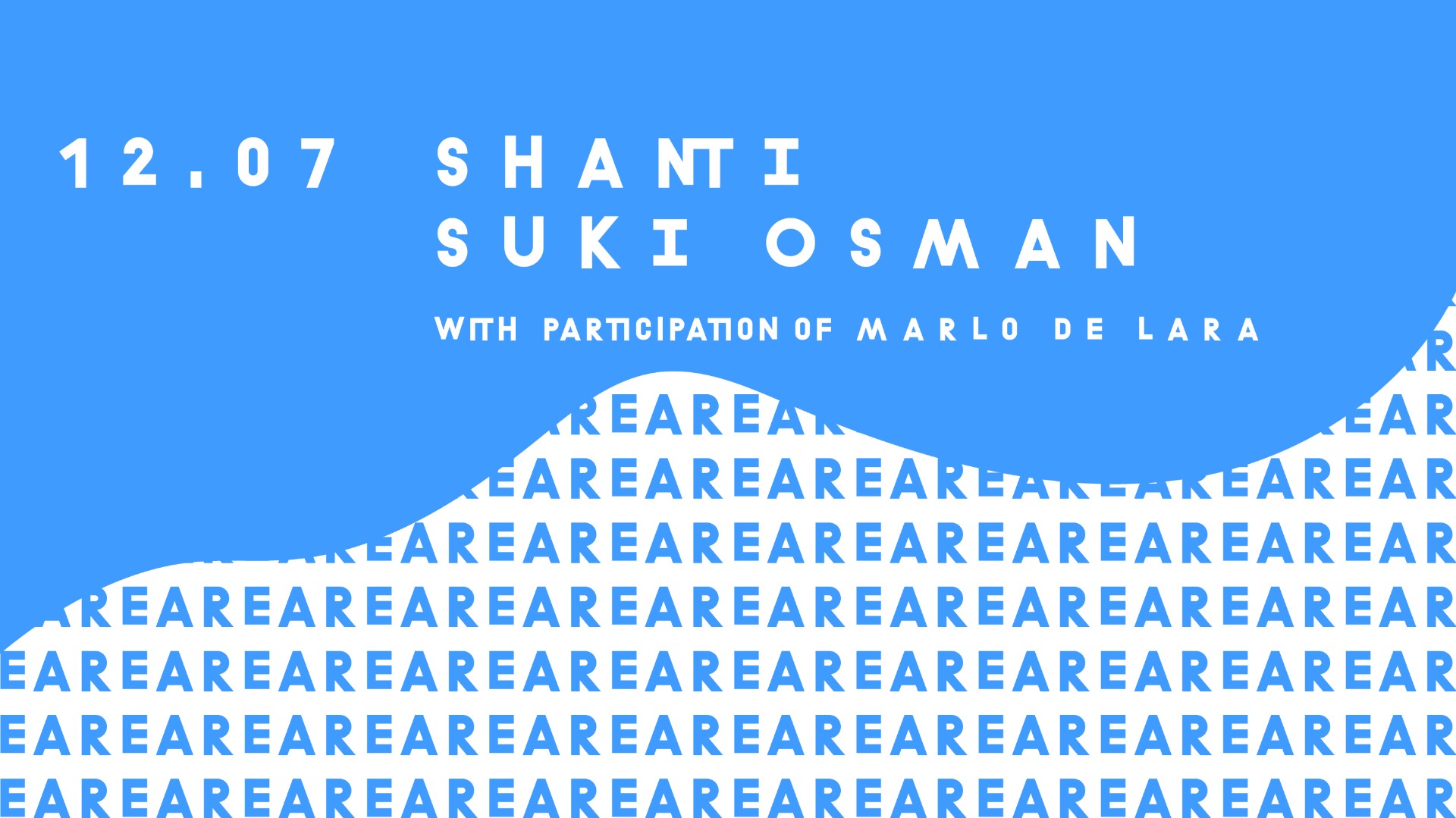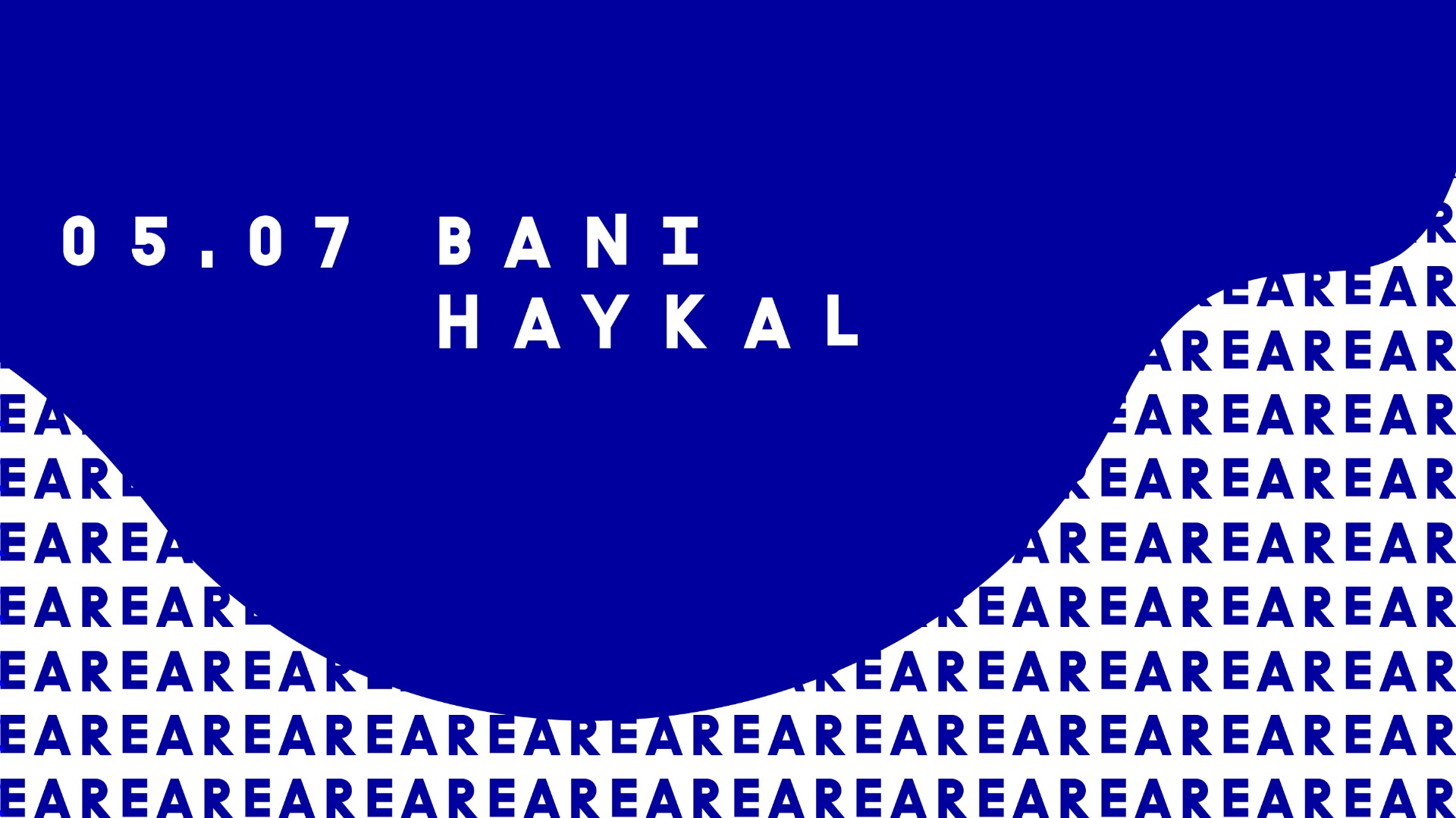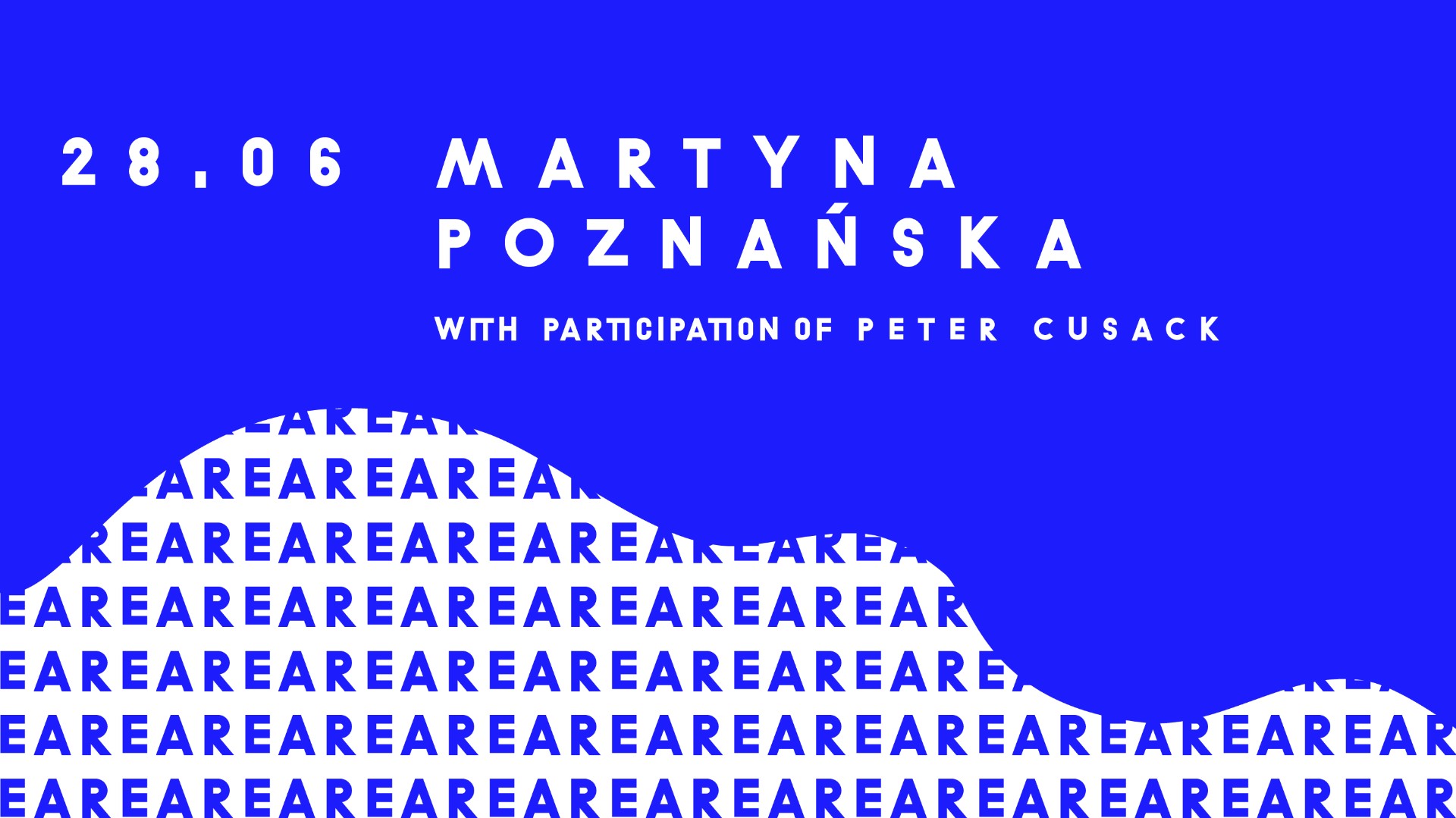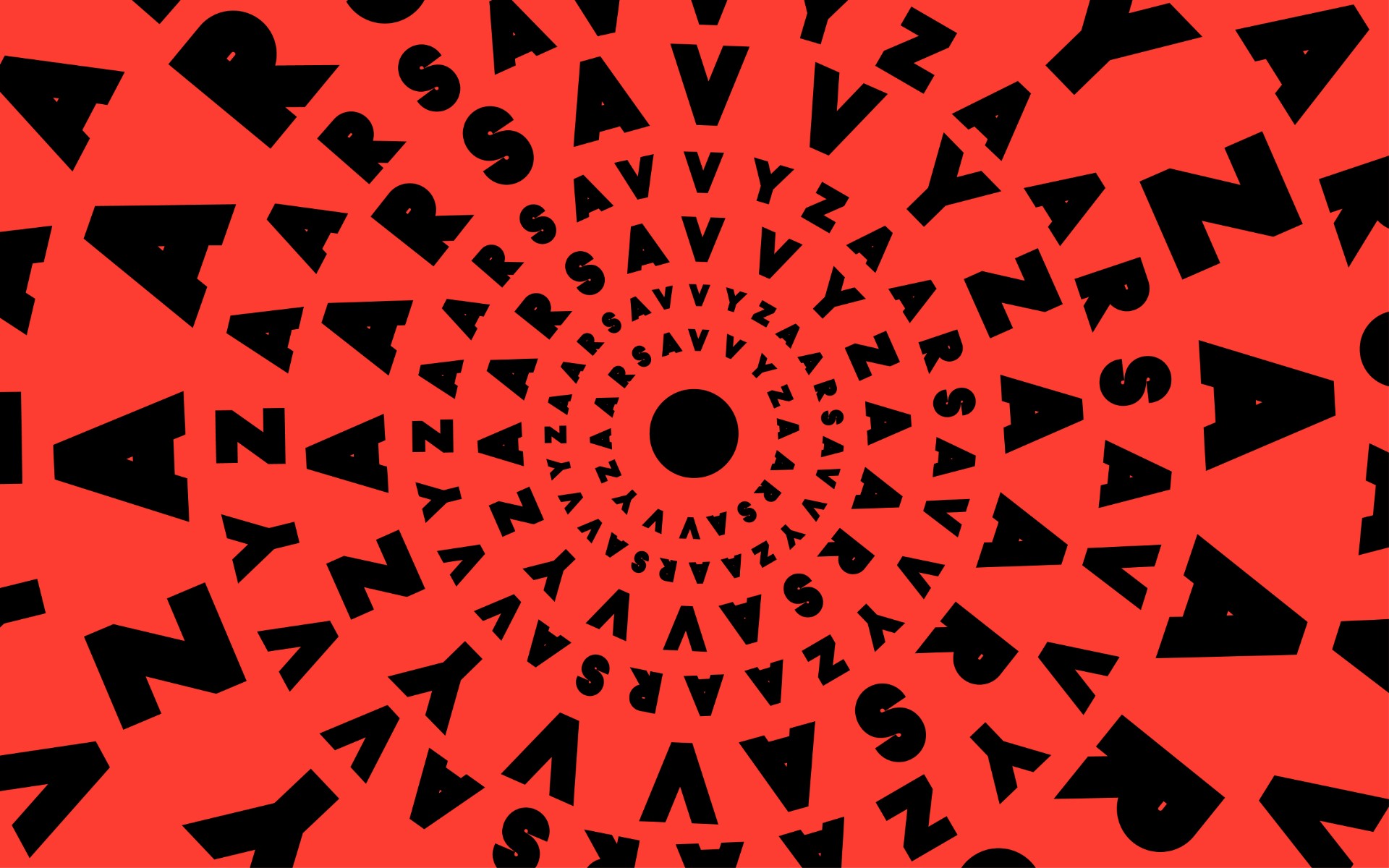SAVVYZΛΛR
SAVVYZΛΛR in July
| ||
07.07. | 16:00 | SAVVYZΛΛR X Radio AlHara |
17:00 | Ay Ae Sankofa Ay Ae Sankofa | |
14.07. | 16:00 | STEPPING ON EACH OTHER'S FEET |
17:00 | LABO*R Mixtape | |
21.07. | 16:00 | STEPPING ON EACH OTHER'S FEET |
17:00 | LABO*R Mixtape | |
28.07. | 16:00 | STEPPING ON EACH OTHER'S FEET |
17:00 | LABO*R Mixtape | |
Transpositioning on air
Every Sunday 16:00–18:00
Berlin/ Lagos/ Ljubljana/ Casablanca time
On 88.4 FM in Berlin and 90.7 FM in Potsdam, as well as online here on our website
Archive You have missed a show or would like to listen again? Here is our growing archive of past episodes: mixcloud.com/SAVVYContemporary
Vociferating. Celebrating. Incanting in quiet. Again. Vociferating. Celebrating. Incanting in quiet. Again.
Traveling through knowledge systems on the grounds of expandable geographies, SAVVYZΛΛR is in/choiring, inquiring in a choir, on the potencies of healing powers to soothe distress with relief. Release. And yet again – in solidarity – we delve into the traditions and transpositions of sound, the meditational of music [1], and the archival inscriptions of vibrating memory.
SAVVYZΛΛR continues to navigate hybridity - foundational to SAVVY Contemporary as a space of being - now through the dimensions of radio. It is a space negotiating and delinking [2] from the ideologies, practices and continuities of the collective and entangled repercussions of the “colonial enterprise.” [3] An invitation into where the body meets the voice as they find their places in the airwaves. In motion, it shapes a zone of the in-between, complexifying the oppositions of the feminine and masculine. Sensing the physical in the virtual. Visiting the public in the intimate, and otherwise. We mark and re-mark questions, underlining them, to agree in unconformity [4], finding ourselves in the in-between, “[where] new cultural identities are formed, reformed, and constantly in a state of becoming." [5] In the time of the 2020 global crisis of containment, the airwaves reach out to rebel. To morph in geography. To come together within the history of radio-making. To speak.
Acknowledging the polyphony of symphony, we dive into the air: opening up to break through visible and audible borders, binaries, and inhibiting mechanisms of lockout and repression.
Vociferating. Celebrating. Incanting in quiet. Again. Vociferating. Celebrating. Incanting in quiet. Again.
How can we embody pliability as individuals and institutions, being open to critique, reflection, and change – entrusting members within and the communities alongside of the past and future – in the present continuous? How can we nourish and better cultivate our practices, questioning the harnesses of hierarchy, to then nurture and regard multiple voices? To revere the meetings in middle grounds, with each open to be transformed.
SAVVYZΛΛR prioritizes urgencies circulating through time and history, traversing through narratives that give voice to pluralities of identities, sonic mediums, and care. Inspired by Jessica Horn, we are interested in the concept of “nurturing an ‘organisation with a soul’ (...) grounded in the notion of organisations as living systems, made up of the people that work in them and the power relations that inevitably shape and frame how the work is actually done – and the extent then to which it is liberating.” [6] How can we acknowledge the natural components of our organizing – their ebbs and flows – and the needs of each person as a part of the collective: not only in our responsibilities and goals for the institution, but also to one another? To bend towards each other, having time lean towards us, rather than us always pulling towards time. As Bengi Akbulut similarly evokes, “we all perform carework and contribute to the sustenance and well-being of others. Relations of mutuality, sharing, and reciprocity that sustain our daily lives and social interactions all involve an element of care.” [7] A solidarity of selves coalescing with that of community.
Vociferating. Celebrating. Incanting in quiet. Again. Vociferating. Celebrating. Incanting in quiet. Again.
The lineage of SAVVY Contemporary’s intersectional engagements is traced through decanonization as method to defy the “often taken for granted, the global as perceived from the vantage point of geography relat[ing] to the whole world, promis[ing] internationality and universality.” [8] To become a collective body witnessing events as they unfold in front of our ears – what might appear to be far draws near. The self is transpositioned through terrains, beyond the impositions of universalisms that demand a “proof of value, a kind of evidence of aesthetic and authority.” [9] SAVVYZΛΛR streams its embodied fields of connections into the auditory. There, in the company of disrupted colonial grammars, we form; where a reappropriated grammar stands as a creative act resisting conformities of language, rebuilding a constant future. A future based on self and community affirming communication. Slang. Spanglish. Creole. And more. Languages of accented hybrid tongues. Process and recreation as vital living conditions.
Charting an open-range receptacle, we ruminate and act upon radio’s sonorous healing potentials while constantly being aware of its violent chronicles.
The voices of the SAVVYZΛΛR choir dive into ancestral concepts of listening, while resurfacing in contemporary surges of deep listening, as in Pauline Oliveros’ lifelong practice. Voices seeking to give ground to the inward resonances of listening, to an extent that “silently the bottoms of your feet become ears” in an attempt “to return the control of sound to the individual alone.” [10] In those processes of making, imagining, listening and re-membering, these sonic gestures re-compose our soundscapes to inscribe and trans-scribe the oral, which has been for too long considered un-archivable. Within Oliveros’ exercises of deep listening, the Buddhist philosophies’ “four noble truths”, comprising: sympathy, compassion, joy, and equanimity [11] are also echoed and can be felt, each element together aiding in the enriching of our listening processes to the sounds all around and inside us. Taken up in Seloua Luste Boulbina’s language in the first person, voicing against, through and outside the (neo-)colonial suffocation [12], inspired by Frantz Fanon’s overturning of the gaze to speak for oneself, on one’s own terms [13]. We listen closely to the manifold textures of the sonic and their inherent vitality, audible from myriad existences spanning planetary life: from the sounds of trains whirring by, to the chirps of birds, and the clicking of the tongue. Continuing our oscillation, we join Sara Ahmed in her stretches of disrupture and reordering to reexamine our social relations by welcoming the process of being “knocked off course.” [14]
SAVVYZΛΛR seeks the investigation of the micro in the macro, and the macro in the micro, to create “worlds within worlds” [15] as Halim El-Dabh has thought when describing the experientiality of listening, or what we refer to earlier as inquiring in a choir. A kaleidoscopic philosophical view summoning our collective experiences through an assembling where “everything is a part of a single unit, and the single unit is a part of everything,” [16] or as El-Dabh has expanded by saying being “in a world within, and then suddenly you go inside another world and another world.” [17] Like El-Dabh, who snuck into a world “not his own” in zaar rituals led by priestesses and held for women, celebrating and reinforcing them, we intend to sustain a similar means, joining forces with stories not our own. The way two plants can grow separately below the ground, braiding their roots and emerging together above. In the body and in earth, traces of the past can be found and read. “No scars, no memory”, the common saying goes, as Bonaventure Ndikung exclaims in "On Scars and Scarification." [18]
SAVVYZΛΛR is a receiver of vulnerable registers and personal languages, restoring unhindered speech and revering their many pronunciations, even when touched by discomfort. We take the risk of the vulnerable, recording the voiced scar as an oral portal: a reminder of the resilience of the living and the will to defy. The etymology of vulnerability stems from the Latin word “vulnus” meaning wound. If lacerations and pain are ever-possible, wounds and their marks are testimonies to the recurrent possibility for reconstitution. In a recent workshop in Berlin on psycho historiography, a therapeutic technique developed by the late Frederick W. Hickling, which combines the analysis of history with group psychotherapy dynamics. Frederick stated that “safety is the first step in trauma processing.” If safety is a requisite to make sense of and share our struggles, to hold our challenges and repressions, it must include a network of generative support. We aim to create a supported space in the zaar ether, to tell urgent stories and to metabolize them.
Vociferating. Celebrating. Incanting in quiet. Again. Vociferating. Celebrating. Incanting in quiet. Again.
We salute de-standardizations, the motions of voicing without scripts and of going against norms of the polished: where hesitations, stutters, and organic trickles of expression can be free to roam. We welcome the uncensored. If in the eyes of colonial powers and courts of law, stuttering and hesitations are perceived to be insecure and up for question, as if to imply fraudulence – in the airwaves, our desire is to accompany breaking points and pauses. To reclaim oscillations and uncertainty: entrusting them to the speaker and to us who behold.
Understanding vulnerability as a condition of human life, we intend to bear witness to accounts of the historicity of precarity, audible or inaudible. With radio becoming a document, a liable record and memory inscribed in technology: remaining in the databases of the online web, and the subterrestrial. Memories, like scars, activate recollections. The vulnerable serving as a step towards mobilisation. To bring attention to unique elements linked to broader constellations. Where the traces of the historical in the individual swell. The continuum in the infinitum. The medium becomes a body on air to connect with, to converse, partake, glitch, de-standardize, process; to listen and listen back [19], reaching out to the diverse bodies weaving the socio-political fabrics within and beyond the air above Berlin, where the radio is based, to the world around.
An attempt at refuge. A contact zone and an extraterritorial space breeding potentialities, able to review and renew unquestioned laws and conditioned behaviours. An emancipatory suspension. A vibrational synergy. Co-authority, plurivocality, and relationality serve as a call to embrace disorientation in order to reorient ourselves – to dive into our collective pasts and futures to look into our presence. In the sonic, we weave our many voices and faces: inviting you along to expand their webs as they cross, fade, and (e)merge.
In a call-and-response to the ether, to gather in and out, interacting and reacting in a loop – creating feedback, musings, and utterances, receiving and re-birthing in the manifestations of programs to come.
The multi-format programs are hosted by artists, curators, activists, and SAVVY team members. Through storytelling, ancestry, and narration, they queer the functions of radio transmission.
Text by Kelly Krugman
CURAtorial team Kelly Krugman, Manuela Garcia Aldana and Ola Zielińska
IniTiated by Kamila Metwaly with Arlette-Louise Ndakoze & Kelly Krugman and under artistic direction by Bonaventure Soh Bejeng Ndikung
Management Lema Sikod
Communication Anna Jäger
Design Juan Pablo García Sossa
SAVVYZΛΛR is a part of 24/3 Radio Network Berlin together with Reboot.fm, Cashmere Radio, WEAREBORNFREE! EMPOWERMENT RADIO, BLN.FM and RadioMobil – airing every Friday to Sunday on 88.4 Berlin and 90.7 Potsdam.
With generous support by

“Sound [in Tibetan ritual texts] is efficacious in multiple ways, and these vary according to the ritual context: it can evoke, appease, fend off, protect and, at a higher spiritual level, promote concentration and liberation”. Ivan Vandor, “Tibetan Musical Notation”, The World of Music (no. 17/2, pp. 3–7).
Walter Mignolo. Globalization and the Decolonial Option. Routledge, 2013.
Frantz Fanon, The Wretched of the Earth, 1963.
“Unconformity: a lack of conformity; inconsistency; incongruity. Geology: a break in the continuity of rock strata in contact, separating younger from older rocks and usually resulting from erosion of the surface of the older bed before the younger bed was laid down.” Webster’s New World College Dictionary, 4th Edition.
“The Third Space: Cultural Identity Today”, an exhibition at the Mead Art Museum (Amherst College) in 2008.
Jessica Horn, “Thoughts on Radical Care in African Feminist Praxis,” The Sociological Review, March 18, 2020: thesociologicalreview.com/thoughts-on-radical-care-in-african-feminist-praxis
Bengi Akbulut, "Carework as Commons: Towards a Feminist Degrowth Agenda", February 2, 2017:degrowth.info/en/2017/02/carework-as-commons-towards-a-feminist-degrowth-agenda.
Bonaventure Soh Bejeng Ndikung, “The Globalized Museum? Decanonization as Method: A Reflection in Three Acts”, Mousse 58 (April–May 2017).
Tsitsi Ella Jaji, during her contribution to the Long Night Of Ideas at SAVVY Contemporary Berlin, 12.05,2017: “The canons, over time, demand a proof of value, a kind of evidence of aesthetic and authority, so the idea that one might lose oneself in what one is doing in the pleasure of action seems like another mode it accesses. Also historically the canon, particularly the written word against the spoken (...) this might be a way to think about embodied practices... the live... the spoken etc might also be a way to move away from grammars and embrace the ungrammatical and the other grammar of thought.”
Pauline Oliveros, Sonic Meditations, 1971.
William Osborne, “Pauline Oliveros' Deep Listening And The Sonic Meditations,” Women Making Art, (New York: Lang, 2000, pp. 65-86).
Seloua Luste Boulbina, L’ Afrique et ses Fantômes. Écrire l’Après, (Paris: Editions Présence Africaine, 2015).
Seloua Luste Boulbina “Frantz Fanon: Knowing in the First Person”, A Companion to World Literature (Wiley-Blackwell, 2019).
Sara Ahmed. Queer Phenomenology: Orientations, Objects, Others (Duke University Press, 2006).
Halim El-Dabh in a conversation with Denise Seachrist (1995), for her article: “The Microcosm of the Macrocosm Depicted in Halim El-Dabh's 'Mekta in the Art of Kita'”
Denise Seachrist, Towards an African Pianism: Keyboard Music of Africa and the Diaspora (Point Richmond, CA: MRI Press, 2005).
Ibid 17.
Bonaventure Soh Bejeng Ndikung, “On Scars and Scarifications”, Bare Lives (Berlin: Archive Books, 2017).
A notion brought forth through the reading of the “oppositional gaze” as underscored by bell hooks, where “there is a power in looking” back at the oppressor; see: hooks, bell. Black Looks: Race and Representation (Boston: South End Press, 1992).






